When I tell you I struggled with "Broader Impacts," I mean I STRUGGLED.
From believing I'd already covered it in the "Intellectual Merit" section to reading every resource I could find to pestering my mentors with endless questions, I felt like I was trying to hold sand.
Was I missing something obvious? Did other researchers have some secret knowledge I didn't?
For me, this struggle wasn't about ticking a box on a grant application. It was about questioning the purpose and reach of my work as a scientist. Today, I'll share my journey from confusion to clarity and provide a framework for designing impactful research initiatives.
Below, we'll explore four skills:
- Authentically connecting your expertise to societal impacts 🔗
- Understanding four key broader impact areas 🔍
- Mapping your research to broader impacts 🗺️
- Building strategic impact partnerships 🫱🏽🫲🏾
Storytime
A Naive Beginning
It's 2017, and I'm sitting at a conference table in the Lewis lab, surrounded by fellow graduate students. We're reviewing a research paper and feeling confident about identifying the key findings. That is, until...
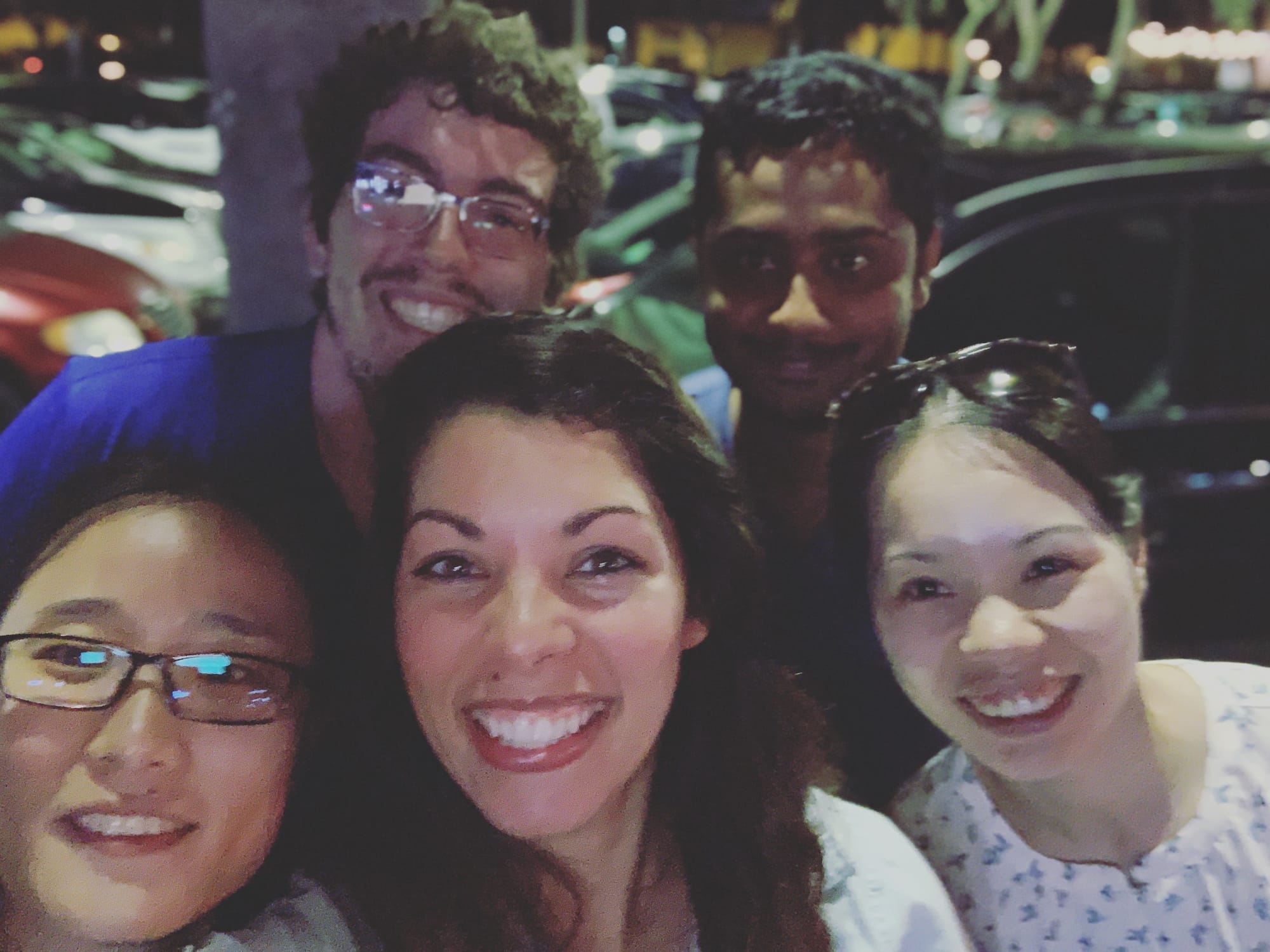
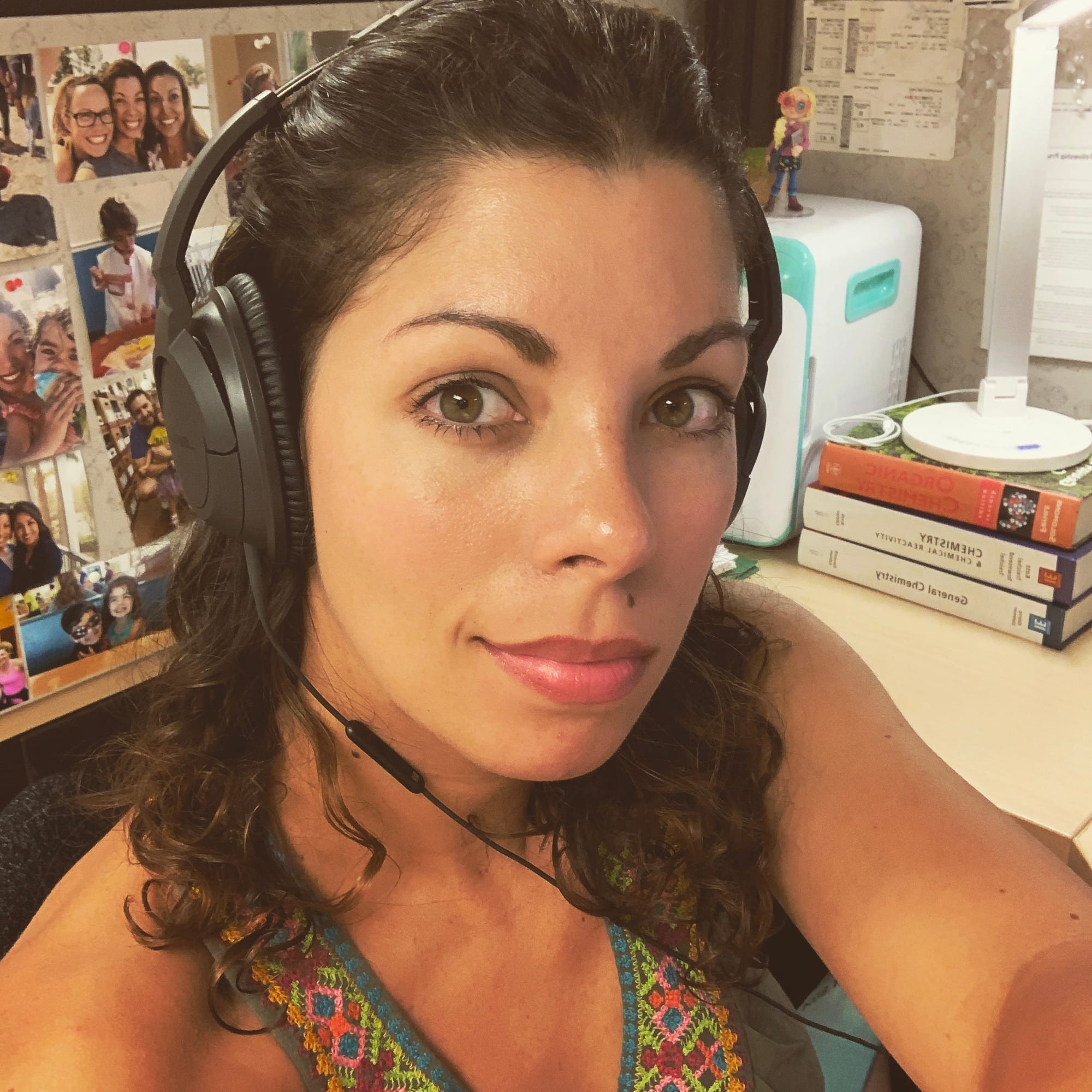
[Pics from Graduate School in 2018] Left-to-Right: Ying Wang, Ph.D.; James Kingsepp; Vanessa Rosa, Ph.D.; Tawabur Rahman, and Prof. Li Ye. The second image is just me at my old desk.
...we shared the key findings, and our advisor asked:
So what?
That simple question caught me off guard. I thought, "Well, it's published in a paper and was clearly important enough to write about, right?"
This practice (asking "So what?") helped me realize that a research finding can be meaningless if not grounded in the context of how it could be helpful.
The 1st Challenge
Fast forward to 2020.
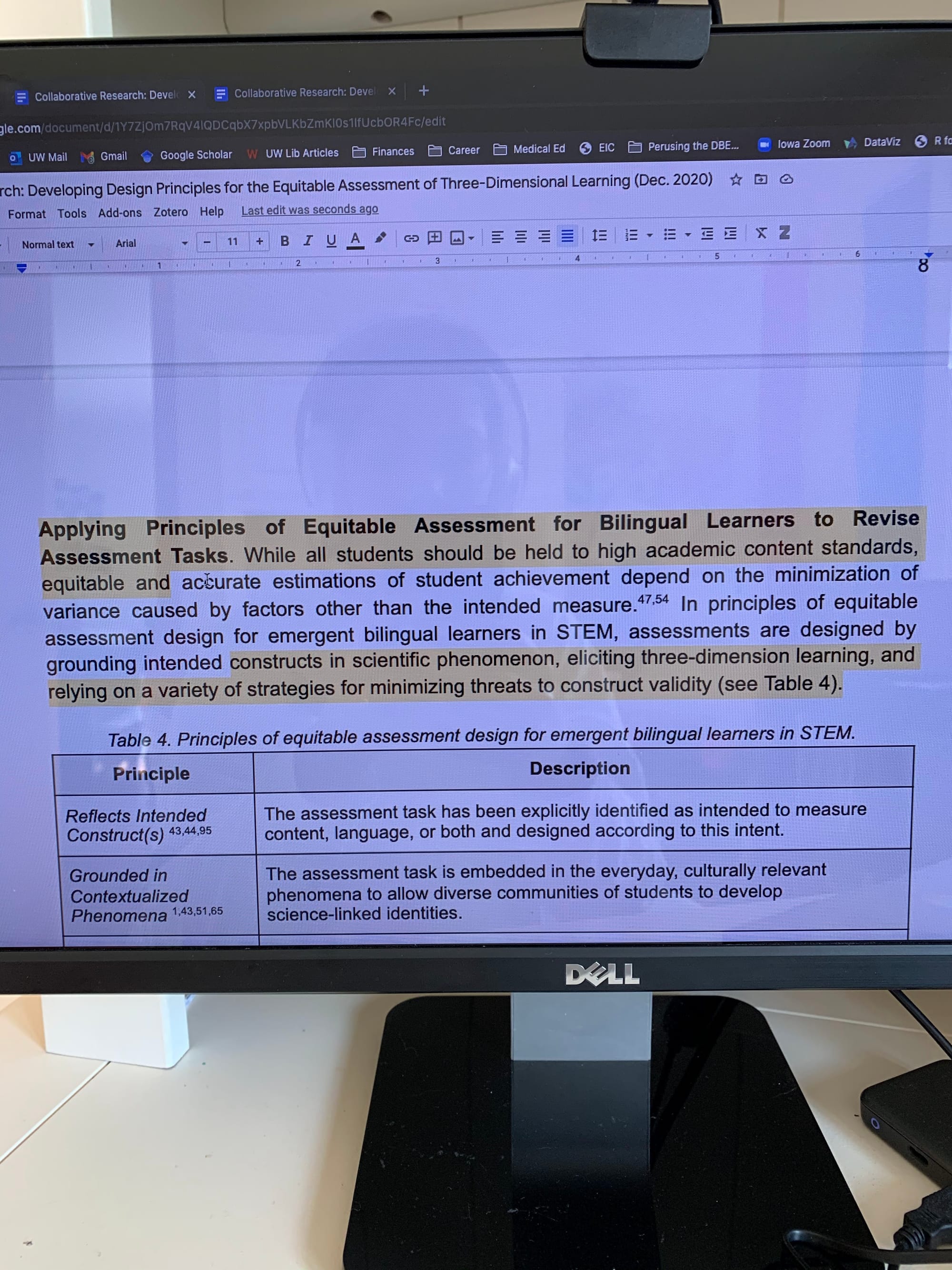
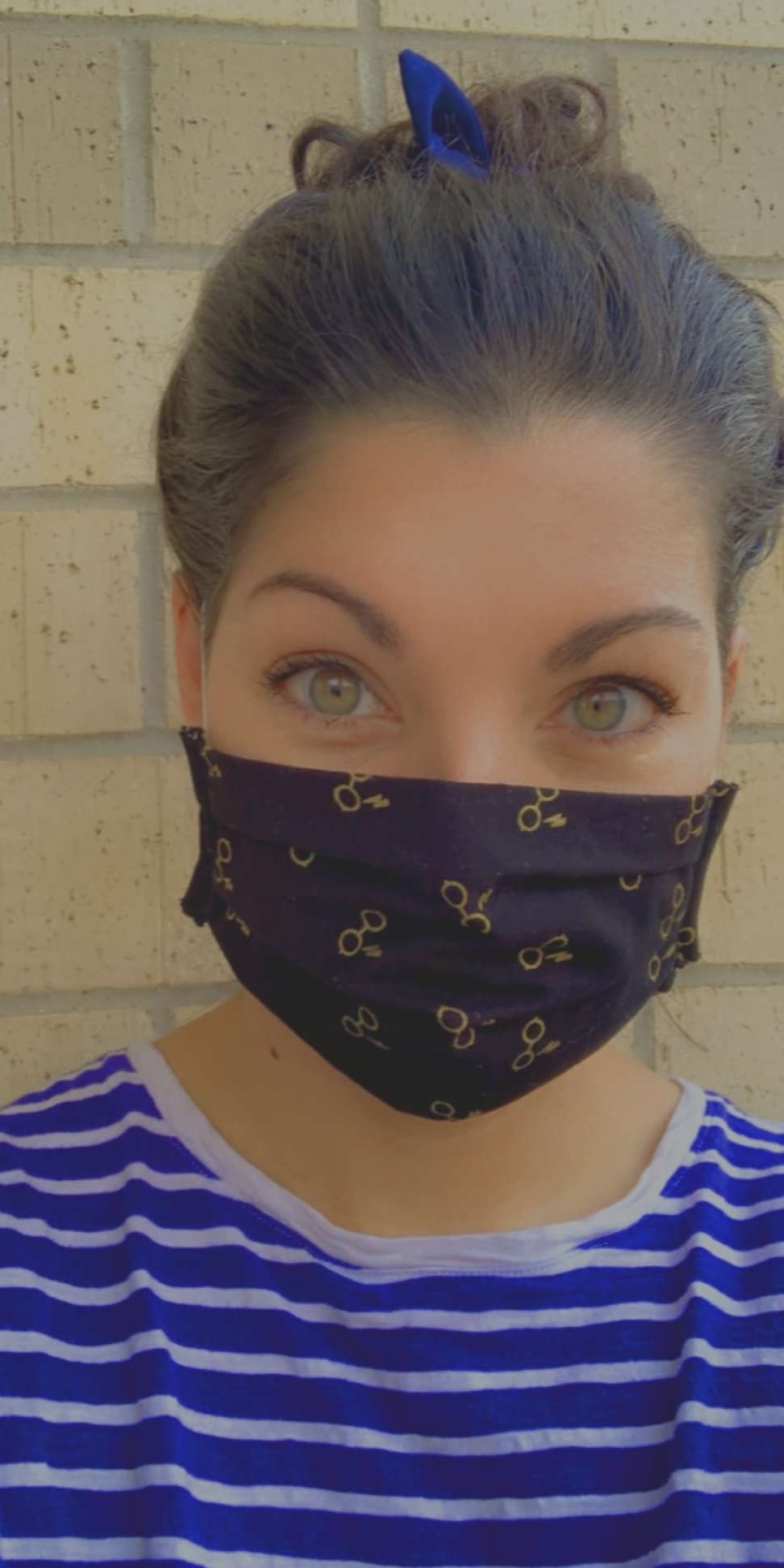
[Pics from Postdoc starting in 2020] L: I'm amazed I took photos of the grant-writing process. I was excited to be writing one. R: A mask my friend made me, trying to stay alive during the panini.
I'm at my desk, drafting my first grant proposal as a postdoc.
- Intellectual Merit? ✅
- Knowledge Gap for the discipline? ✅
- "So what?" ✅
Then, I reached the Broader Impacts section. I looked it up in the NSF guidelines but felt even more confused. I thought, "I already covered the 'so what?' didn't I?"
So, I treated the section as an afterthought, adding some haphazard outreach activities and teaching workshops.
Unsurprisingly (and thankfully), it didn't get funded.
An Unexpected Opportunity
In 2022, I was presented with an extraordinary challenge: managing the broader impacts initiatives for MONET, an NSF-funded Center of Chemical Innovation.
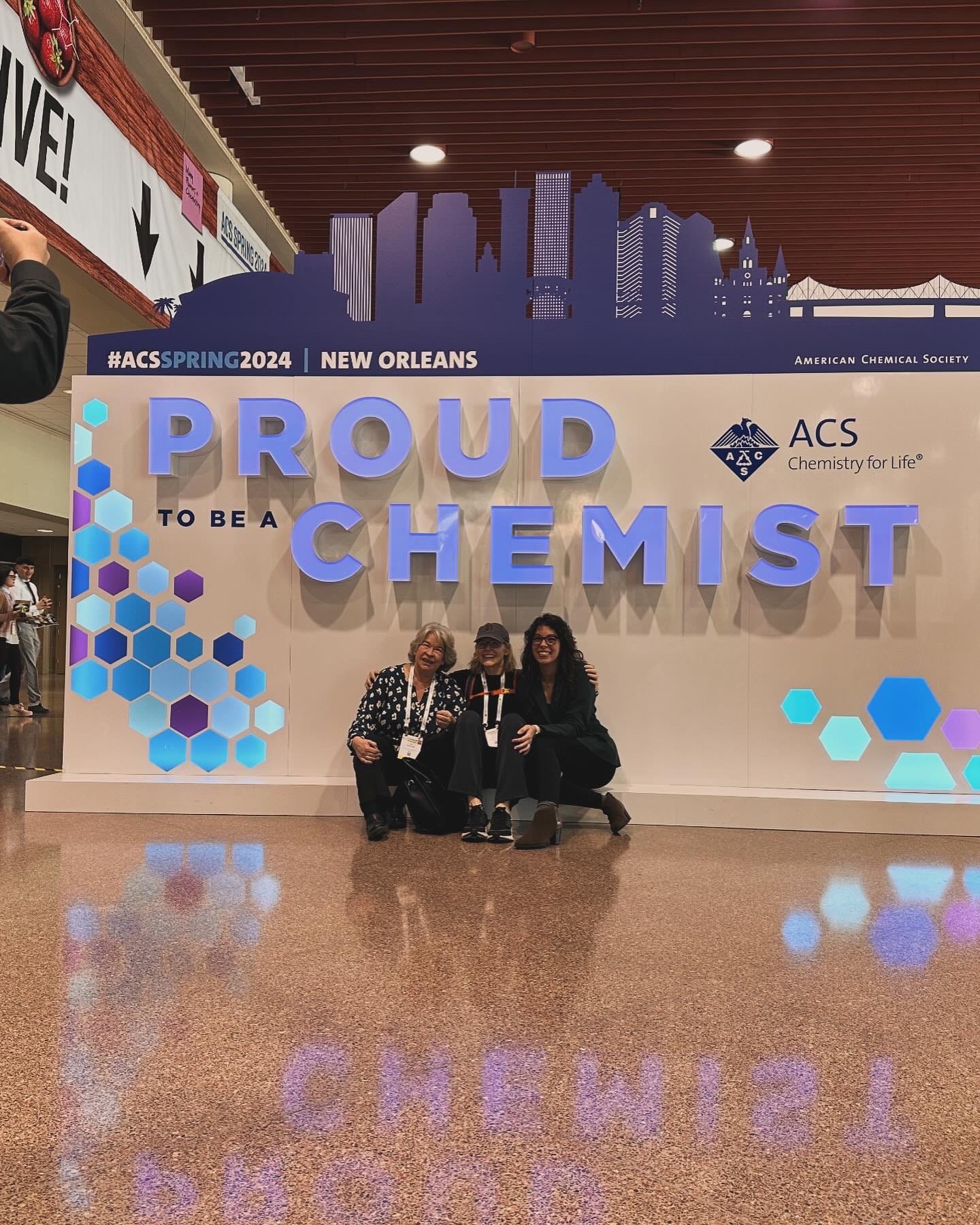
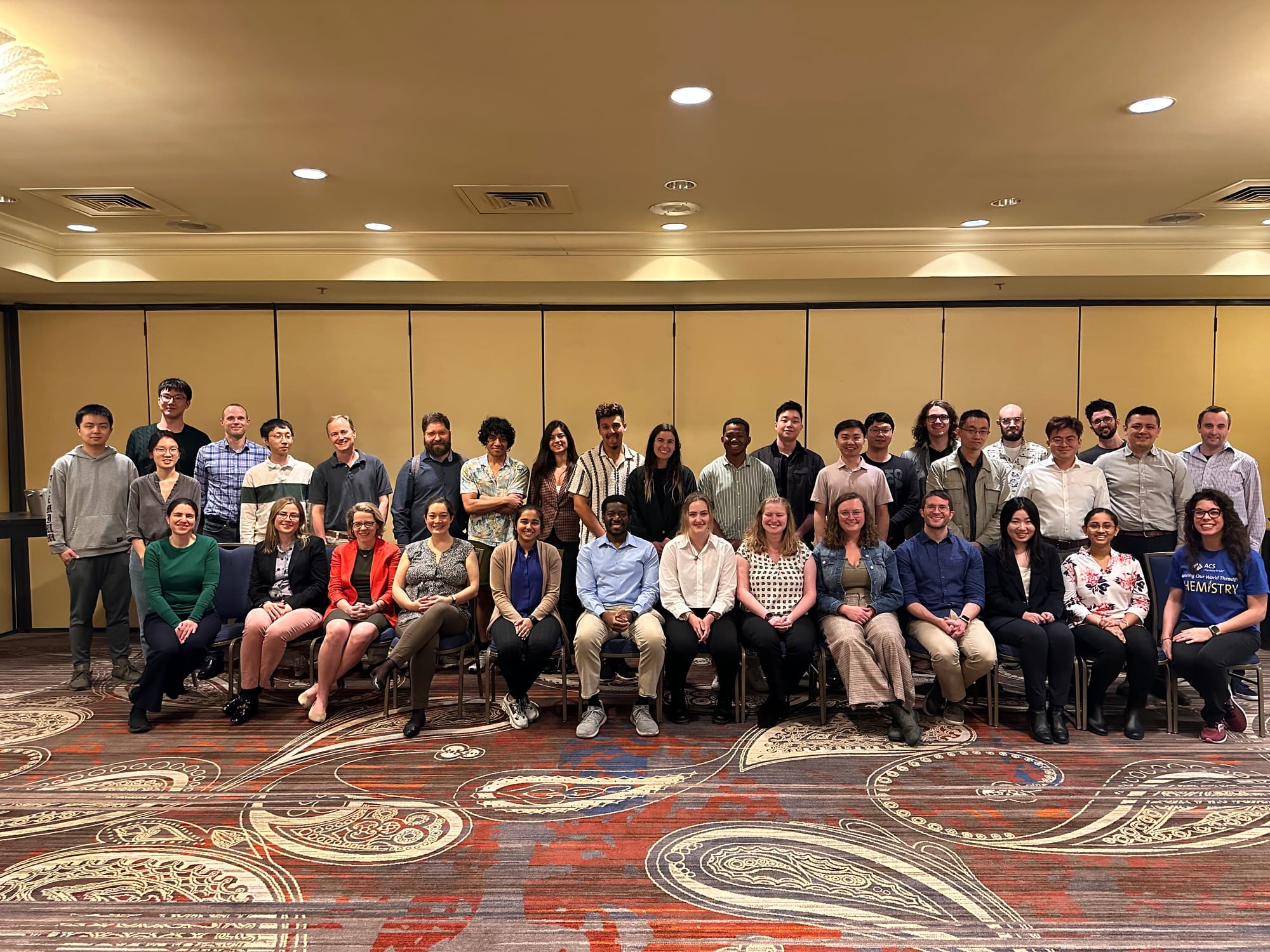
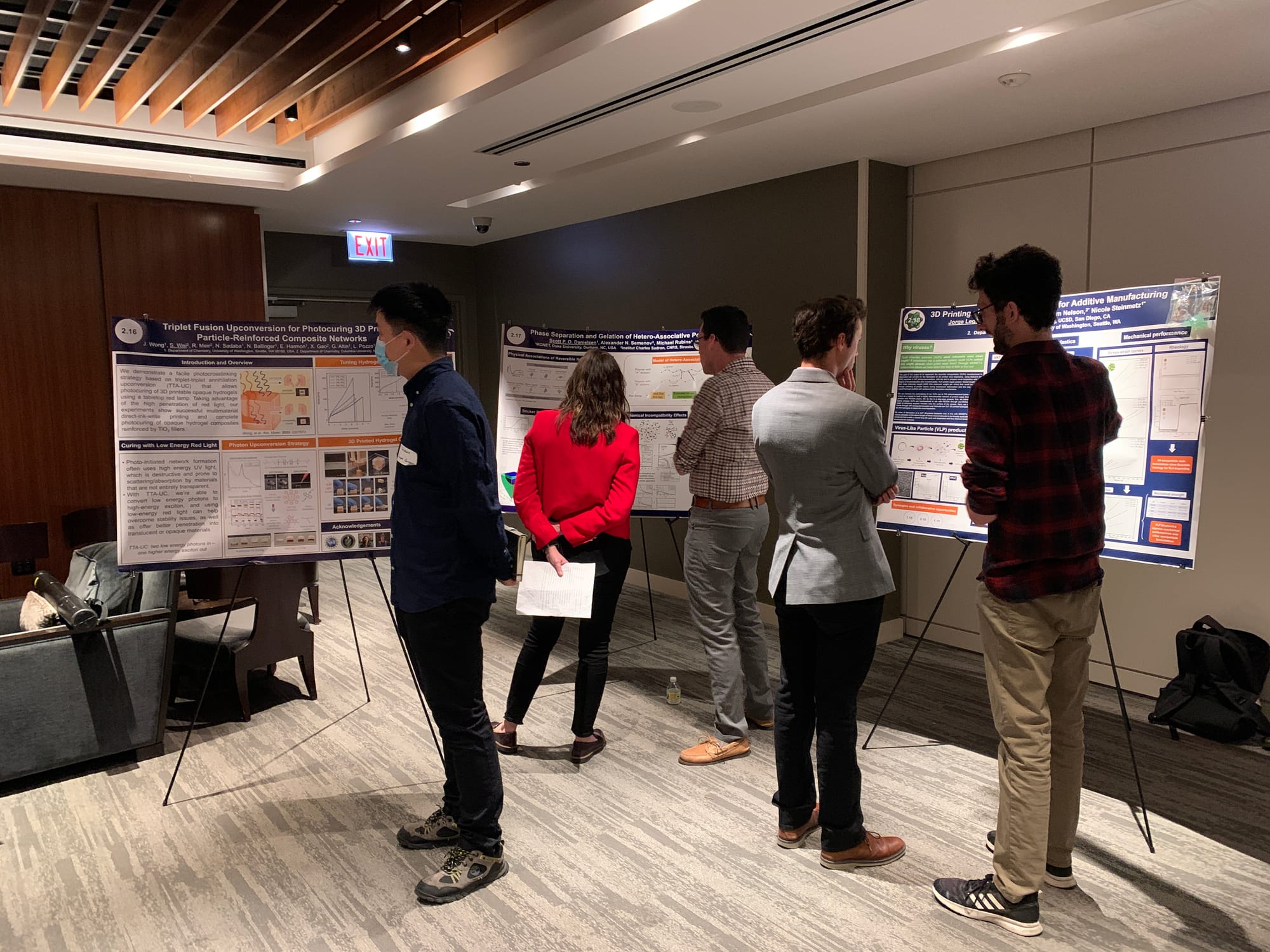
[Pics from 2024] Left-to-Right: ACS Spring 2024 (Prof. Joi Walker; Prof. Resa Kelly; Vanessa Rosa, Ph.D.), Year 3 Meeting Center of MONET, and graduate students discussing posters with reviewers at our Year 2 meeting.
MONET united 13 labs across some of the nation's top graduate chemistry programs, backed by $20 million in funding. I was thrilled and daunted by the resources available and the enormous responsibility.
My first task with MONET was leading the data collection and evaluation effort for an installment of the Multiverse Concert Series: The Art of Polymers, which was hosted at MIT.
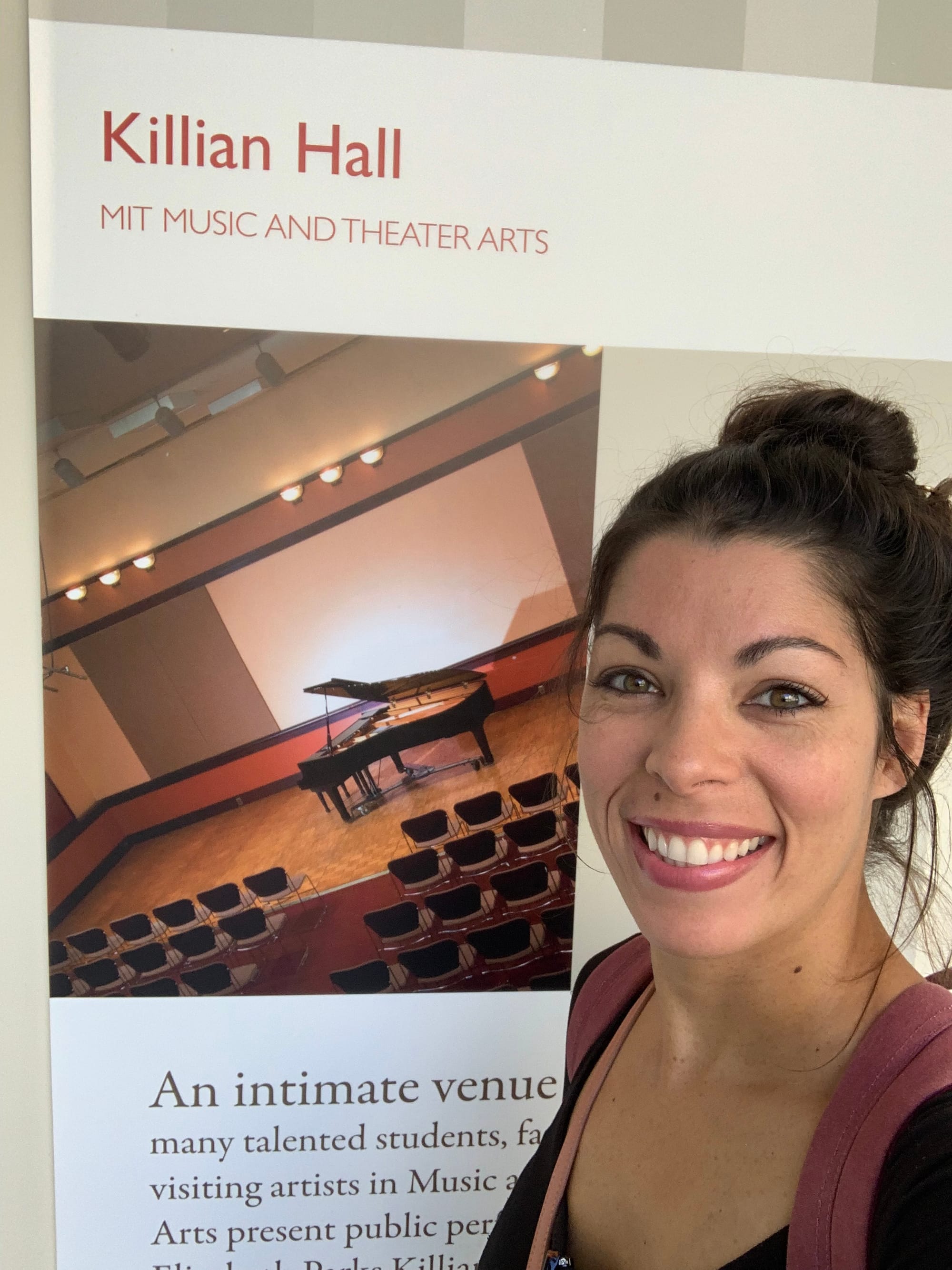
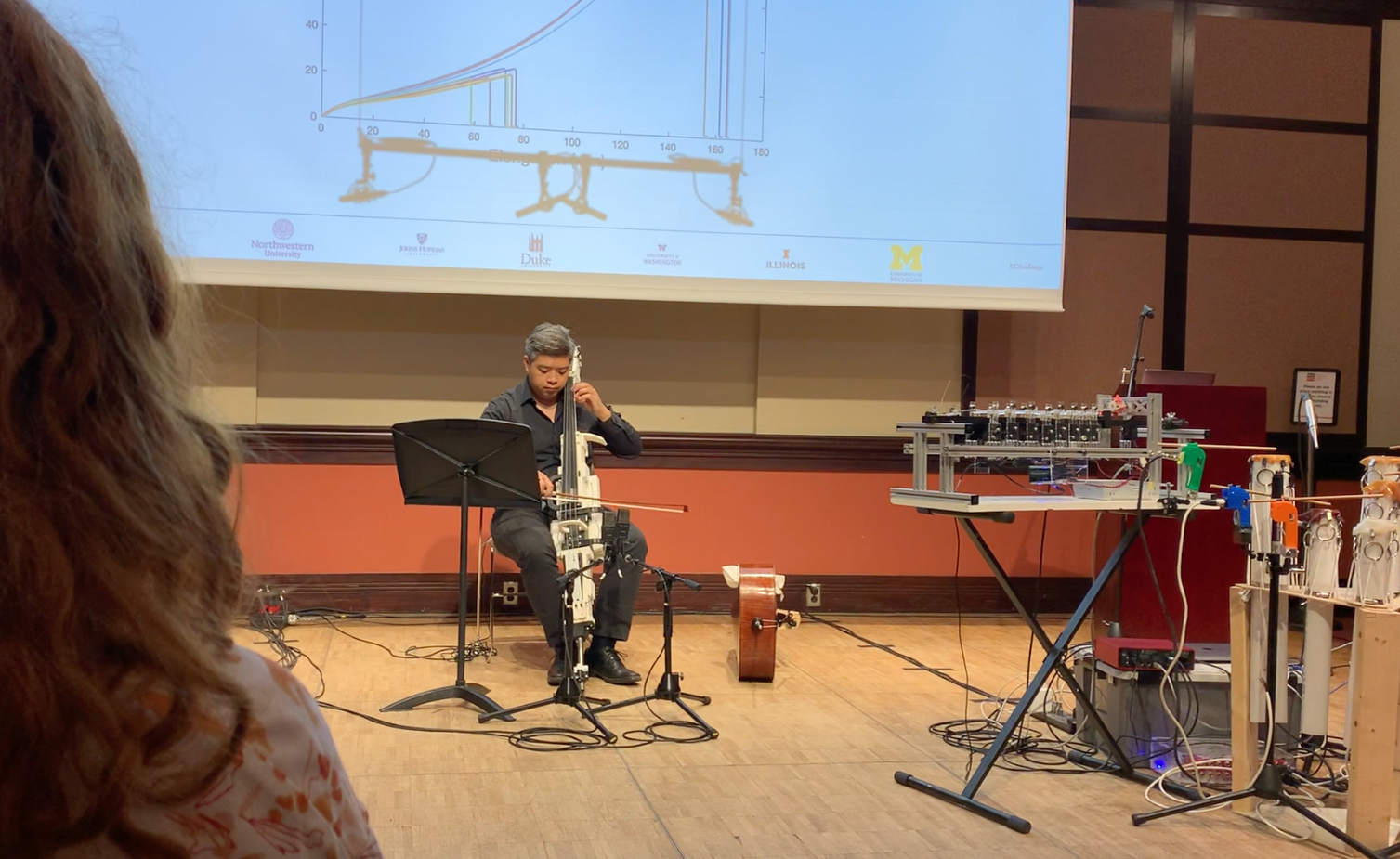
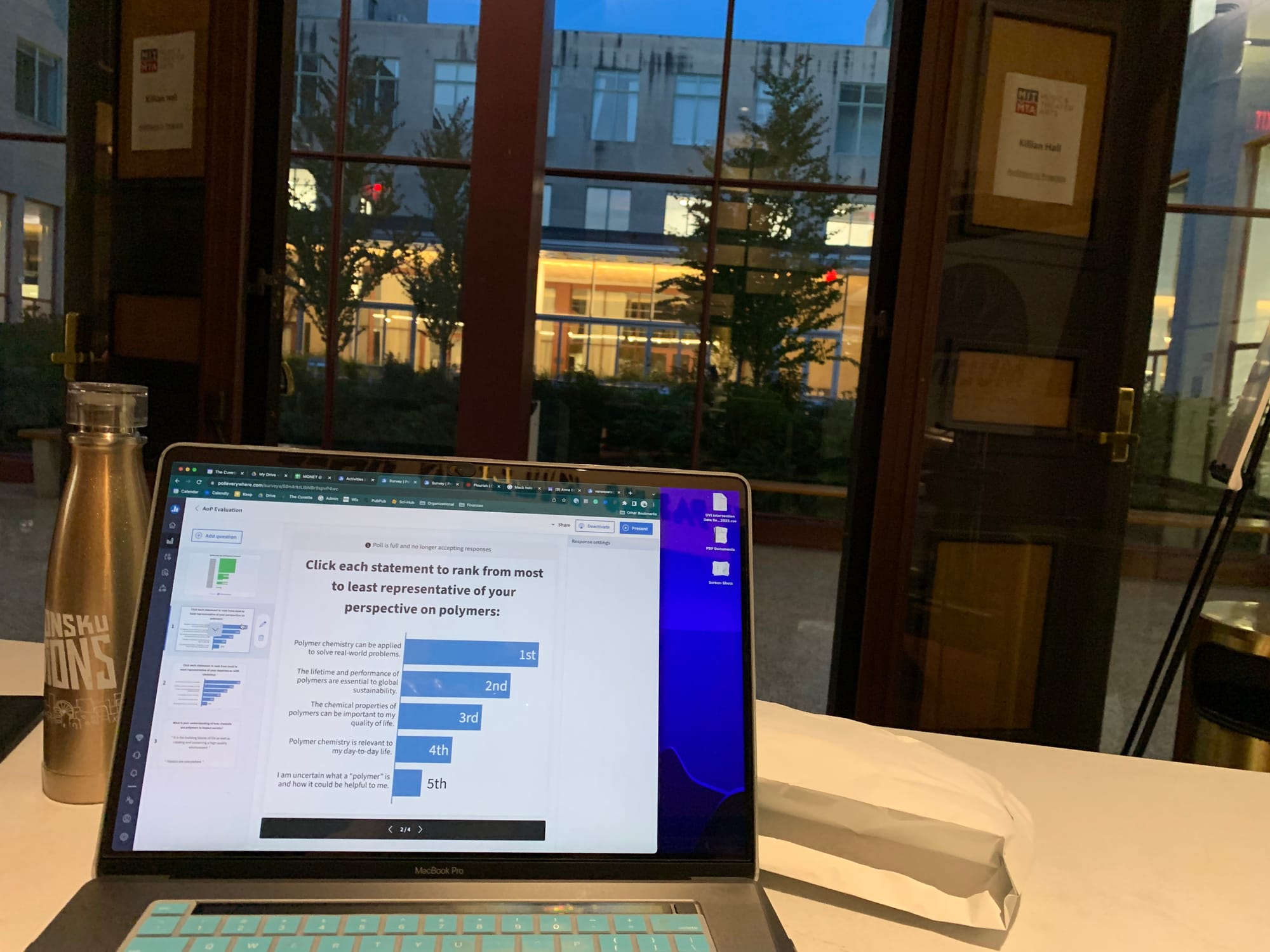
[Pics from 2022] Left-to-Right: Me outside of Killian Hall at MIT, Johnny C. Mok (Cellist) performing on a 3D-printed cello, and me analyzing the audience's responses live during the concert.
The auditorium was filled, air buzzing with excitement as music and chemistry merged in an innovative performance. But as I analyzed the survey results, a sobering realization hit me:
Most of the audience was already familiar with MONET's work.
At that moment, standing amidst the post-concert chatter, a question struck me:
Who are we really impacting with this initiative?
This shift in perspective led to a fundamental insight:
- While Intellectual Merit answers the "so what?" for the discipline,
- Broader Impacts addresses the "for who?" outside the discipline.
A Framework for Designing Authentic Broader Impacts
After seven years of helping scientists maximize their research impact, I've distilled the essence of Authentic Broader Impacts into a simple yet powerful framework:
Impactful research authentically connects your expertise to those who can benefit most using available resources.
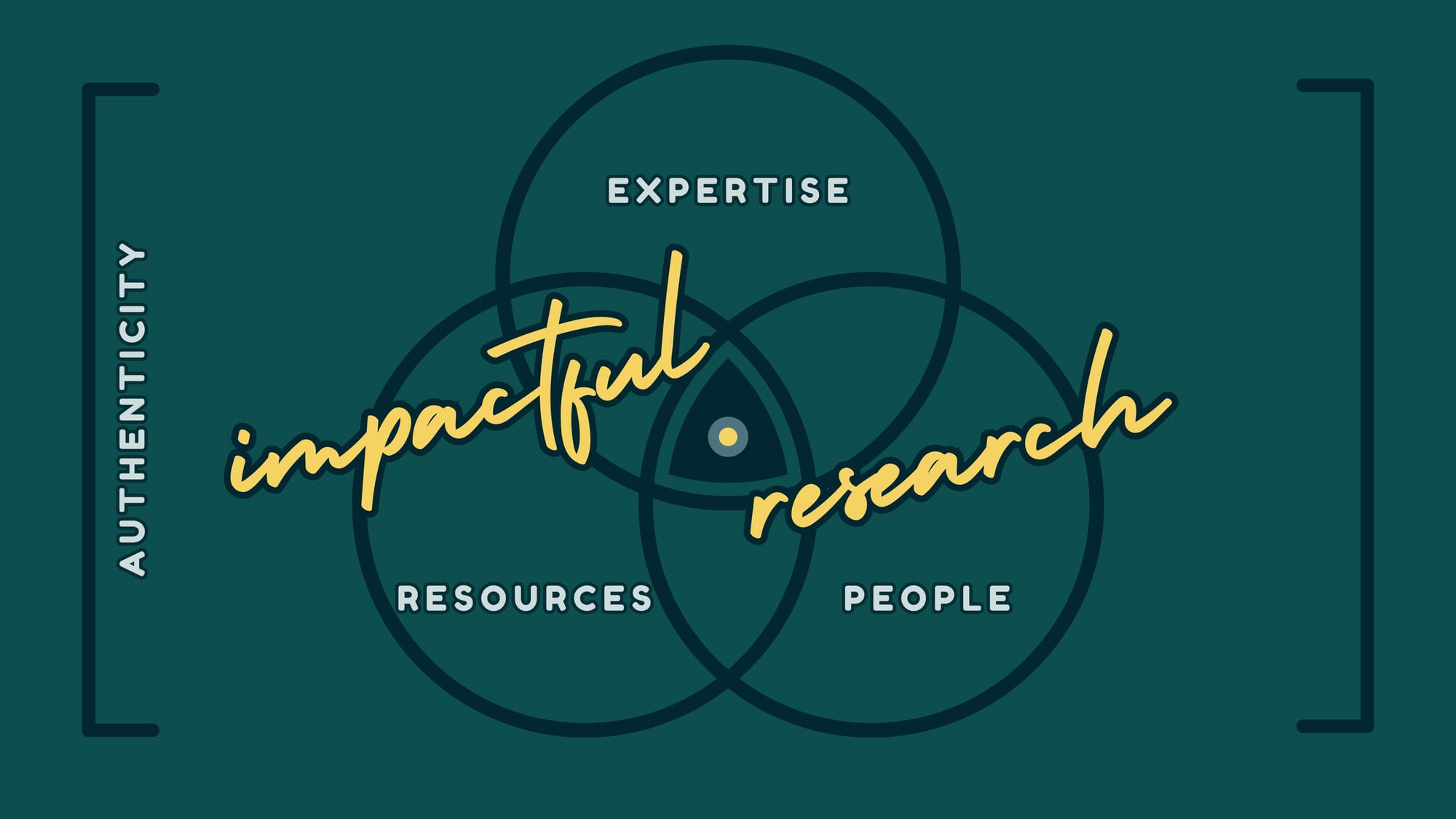
The four interconnected components are:
- Authenticity 🧬 Who are you?
- Expertise 🔬 What do you know?
- Beneficiaries 🌍 Who will you serve?
- Resources 🛠️ How will you help?
These components have helped us do the most good with our work when aligned.
Authentically connecting your expertise to societal impacts 🔗
What makes research impactful?
Given my background in education research, I found the goal of authentic learning compelling for defining authenticity in research:
Authentic learning aims to be more engaging, relevant, and effective by bridging the gap between classroom learning and real-world application (Nachtigall et al., 2022).
The challenge is identifying the throughline that authentically connects us as researchers, what we study, and who our work can best serve beyond academia.
Authenticity 🧬 Who are you?
Designing authentic broader impacts is particularly crucial for researchers actively shaping their professional identity (and often most challenging).
To help you reflect on authenticity in your work, consider these questions:
- What ignited your passion for your research area? How does this reveal who you are as a person and a researcher?
- When have you explained your research to someone outside your field and received a strong reaction? What resonated with them, and why?
- How has your expertise or research directly helped someone outside academia? How did this reshape your perspective on broader impacts?
If you find these questions challenging to answer, take some time to ponder them and be mindful of such moments in the coming weeks. Sort of as if I'd asked you to look out for blue cars 🚙 this week, now that you're looking for them, they're more likely to stand out to you.
These reflections will help you authentically connect your research to broader societal impacts. As an example, here's my reflection:
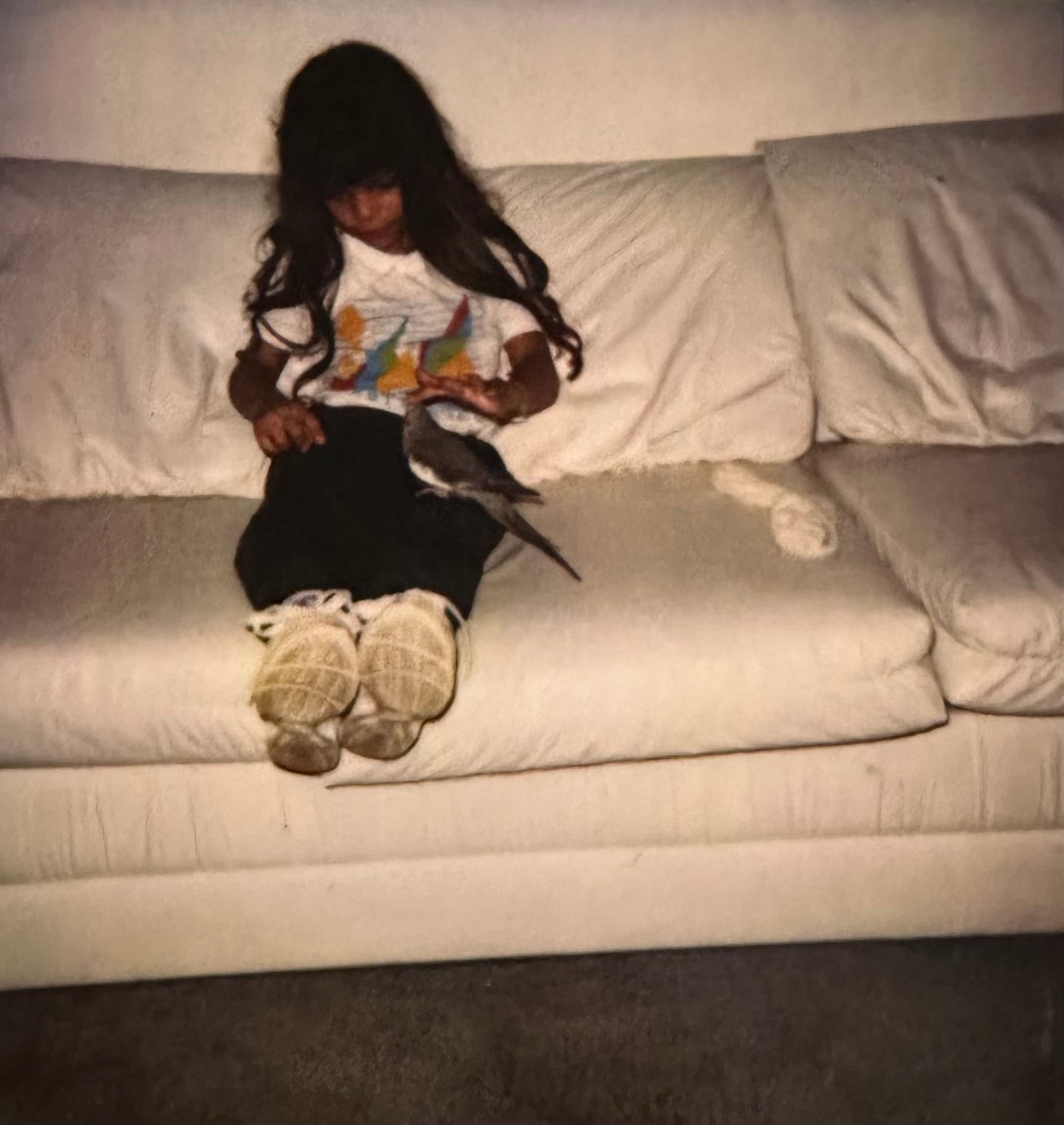
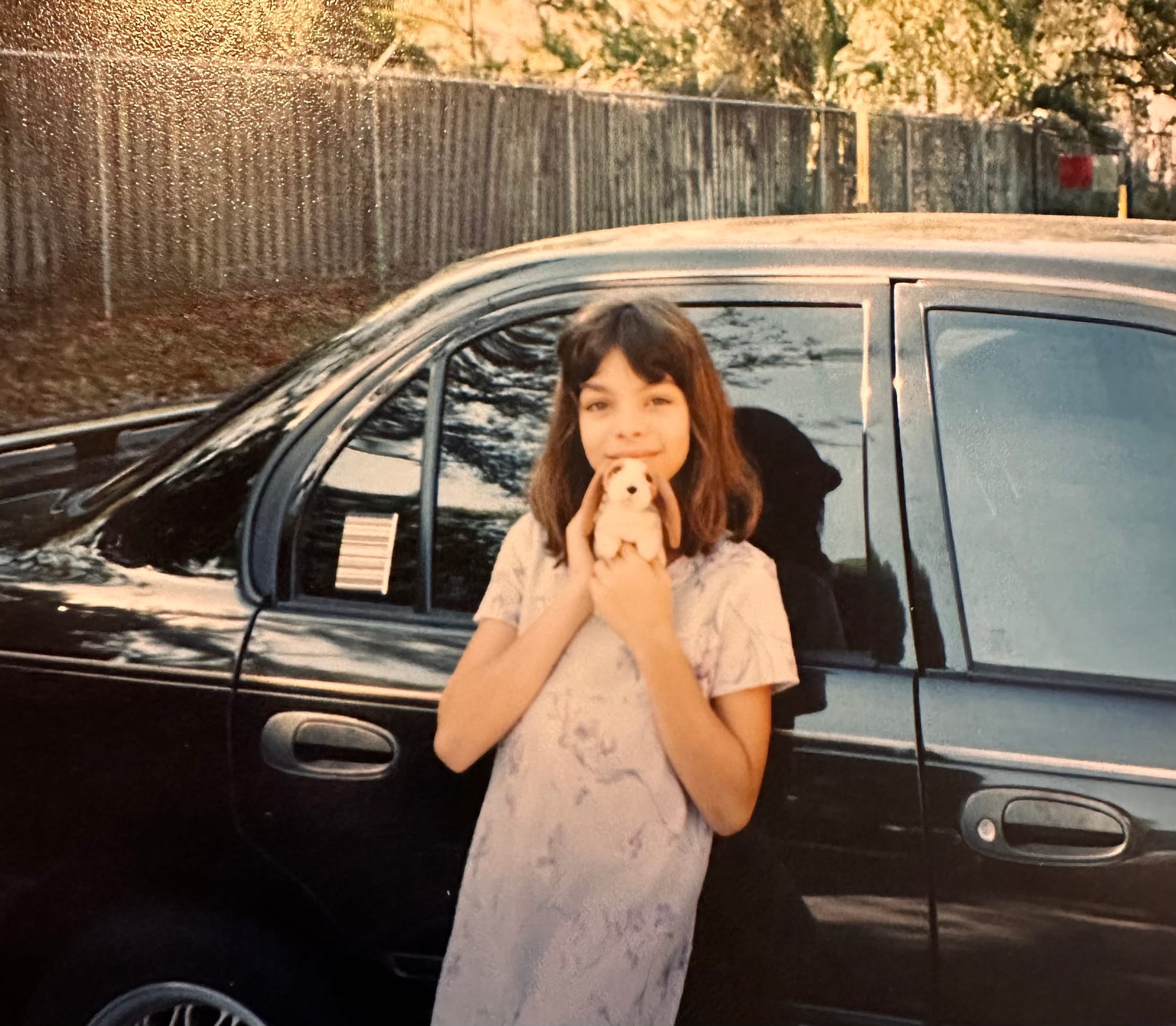

[Pics from the 1900s 😅] Left-to-Right: Me and a bird named [profanity], me outside my Mima's car, and my kindergarten school photo.
As a child, I was captivated by nature shows (e.g., Jeff Corwin and Crocodile Dundee) and spent hours reading National Geographic Kids to my stuffed animals.
But I didn't believe I could be a scientist - until I saw my stepbrother take apart a remote control "just to see how it worked." Suddenly, the audacity to explore the world as a scientist became possible.
Later, helping my cousin with homework, I discovered the magic of connecting complex ideas to things he loved. Seeing his eyes light up with understanding is something I'll never forget.
These experiences shaped my identity as a researcher:
I'm driven to understand the inner workings of things and share that knowledge with others.
My research focuses on how we understand and communicate about the world through chemistry. I chose this path to satisfy my insatiable curiosity and inspire others to ask "How?" and "Why?"
Understanding four key broader impact areas 🔍
Reflecting helps us identify the authentic connections between our research and potential societal impacts.
But how do we translate these insights into concrete, broader impacts?
Understanding the key areas where our research can substantially impact society helps bridge the gap between personal motivation and actionable implications.
I found the four "strong broader impacts" provided to NSF-funded Centers for Chemical Innovation particularly helpful:
1️⃣ Informal Science Communication 🎙️ - Increased public scientific literacy and engagement with science outside the classroom (i.e., museums, libraries, festivals, and community centers) to facilitate conversational exchanges or content, improving understanding or challenging perceptions of science research.
2️⃣ Broadening Participation 💗 - Full participation of women, persons with disabilities, and underrepresented minorities in STEM (e.g., partnering with MSIs, targeted outreach and recruitment, improving accessibility, and building community).
3️⃣ Higher Education & Professional Development 📈 - Improved STEM education and educator development at any level (e.g., creating co-mentorship, collaborative training, or workshops that make essential skills more accessible).
4️⃣ Innovation & Partnerships 💡 - Translating knowledge into solutions that benefit society through intellectual property development outside of academia (technology, business, government, policy, open-source tools, not-for-profit advancement, etc.).
Click to see references for these categories ⬇️
- National Science Foundation. (2023). Proposal and Award Policies and Procedures Guide.
- National Science Foundation. (2022). Informal Science Education.
- National Science Foundation. (2023). Broadening Participation.
- National Science Foundation. (2022). Improving Undergraduate STEM Education.
- National Science Foundation. (2022). Partnerships for Innovation.
Beneficiaries 🧬 Who will you serve?
Connecting our research to specific groups who can benefit most from our work has been crucial for authentic broader impacts. Let's explore how the four broader impact areas align with potential beneficiaries and societal outcomes:
| Broader Impact Category | Who benefits? | Societally Relevant Outcomes |
| Informal Science Communication 🎙️ | • General public • K-12 students |
• Increased scientific literacy • Greater public engagement with science • Improved societal well-being |
| Broadening Participation 💗 | • Underrepresented minorities • Women • Persons with disabilities • Economically disadvantaged |
• Increased diversity in STEM fields • Enhanced equity and inclusion • Expanded talent pool for STEM workforce |
| Higher Education & Professional Development 📈 | • K-12 educators • Undergraduate students • Graduate students • Postdoctoral researchers • Early-career faculty |
• Improved STEM education • Enhanced career readiness • Development of a diverse, globally competitive STEM workforce |
| Innovation & Partnerships 💡 | • Industry • Government agencies • Non-profit organizations • Entrepreneurs |
• Economic competitiveness • Improved national security • Enhanced research infrastructure • Accelerated technology transfer |
I use this table as a guide for identifying potential beneficiaries and outcomes across different broader impact categories for my clients.
As you review this table, consider:
- Which beneficiaries align most closely with your research focus?
- What societal outcomes could your work potentially achieve?
- How does your throughline connect to these categories?
For instance, my throughline as a curious chemist exploring fundamental principles to inspire others aligns most closely with Informal Science Communication 🎙️ (General Public) and Broadening Participation 💗 (Underrepresented Scientists).
Now that we've identified potential beneficiaries and societal outcomes let's explore how to align them with your specific scientific expertise.
Mapping your research to broader impacts 🗺️
Expertise 🔬 What do you know?
Every research project has a unique potential for societal impact.
But can we identify and maximize that potential?
Here's an approach I've found effective:
Envision a Cartesian plane where:
- The x-axis represents a spectrum from fundamental scientific understanding to practical application.
- The y-axis represents a range from public engagement to applicability outside of academia.
Where does your research fit?
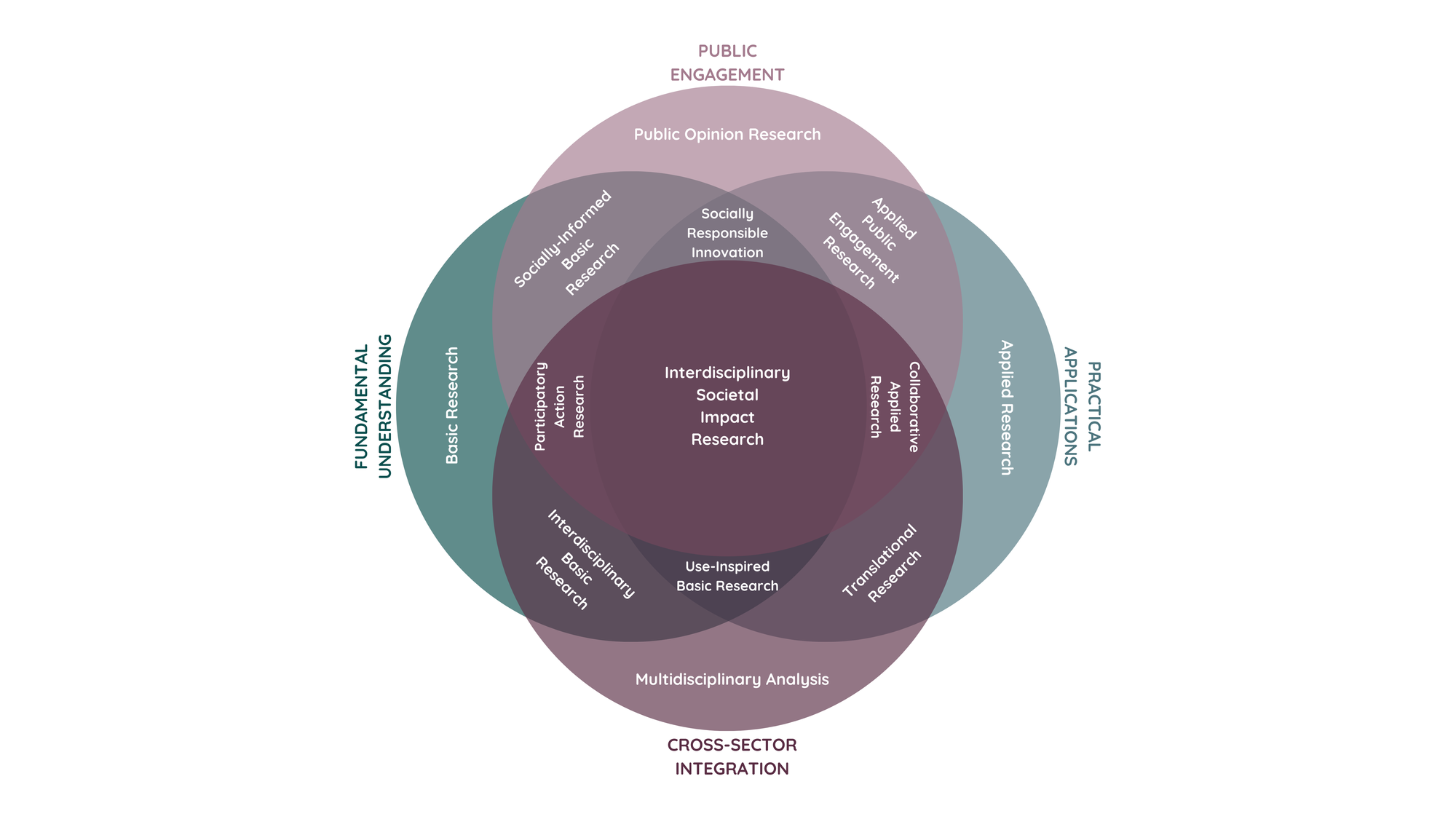
Thirteen Research Categories (with Descriptions) ⬇️
- 🔬 Basic Research - Research focused solely on advancing scientific understanding without immediate practical applications.
- 🔧 Applied Research - Using existing scientific knowledge to develop practical solutions or technologies.
- 📊 Public Opinion Research - Studies that engage the public to gather opinions or data on specific topics.
- 🔍 Multidisciplinary Analysis - Research that integrates knowledge from multiple disciplines to analyze existing data or theories
- 🌍 Socially-Informed Basic Research - Fundamental research considering public perspectives or societal needs.
- 🔀 Interdisciplinary Basic Research - Fundamental research integrating knowledge from multiple disciplines.
- 🗣️ Applied Public Engagement Research - Research that applies existing knowledge to engage the public or address societal issues.
- 🏭 Translational Research - Research that applies scientific discoveries to real-world solutions.
- 💡 Use-Inspired Basic Research - Fundamental research with potential practical applications and cross-sector relevance.
- 🤝 Participatory Action Research - Research that combines fundamental understanding, public engagement, and cross-sector integration.
- 👥 Collaborative Applied Research - Research involving practical applications, public engagement, and collaboration across sectors.
- 🌱 Socially Responsible Innovation - Research that combines fundamental understanding, practical applications, and public engagement to develop ethical and sustainable solutions.
- 🌐 Interdisciplinary Societal Impact Research - Research that integrates all aspects to address complex societal challenges and influence policy.
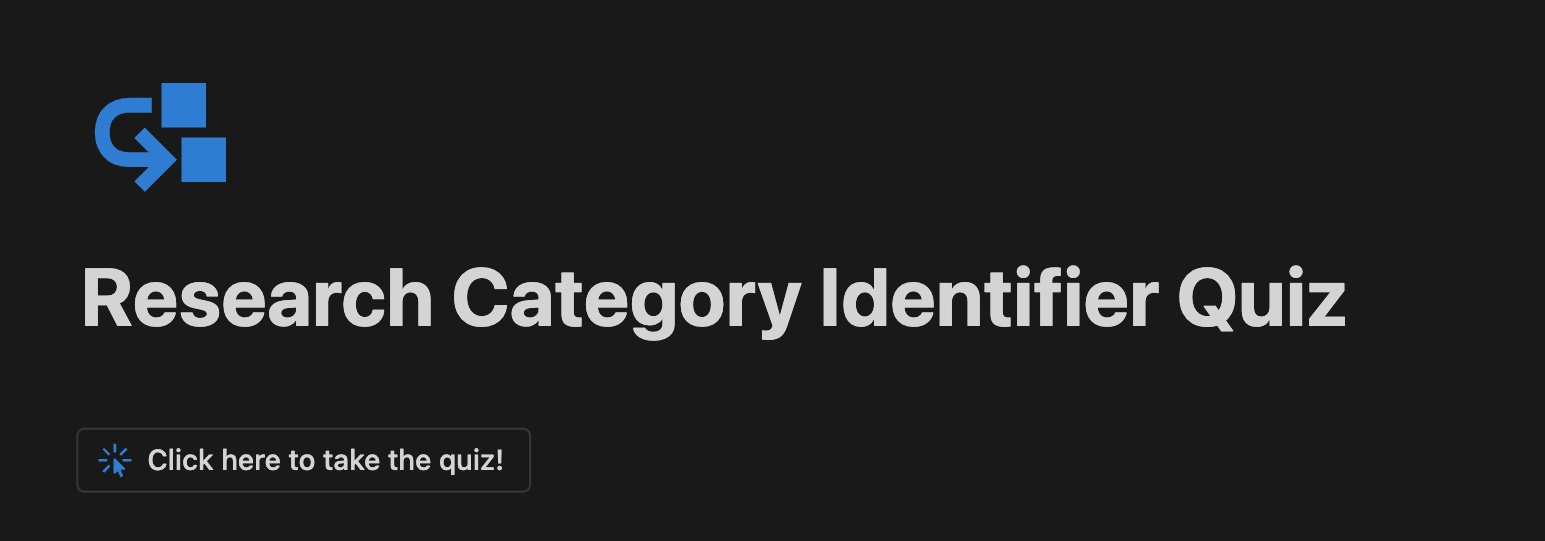
Seven Quiz Questions to Identify Research Category ⬇️
- Is your research primarily focused on fundamental scientific understanding, practical applications, or both?
- Does your research involve developing new technologies, tools, or methods?
- Does your research aim to address pressing societal challenges directly or have clear potential to improve quality of life, health, education, environment, or other societal factors?
- Are your research findings, methodologies, or innovations likely to be applied or translated by other sectors (industry, government, non-profits, etc.) to address societal or economic challenges?
- Does your research integrate knowledge, approaches, or methods from multiple disciplines to tackle complex problems (i.e., is it interdisciplinary)?
- Will your research inform public policy, decision-making, or regulatory processes in relevant sectors?
- Does your research directly engage or collaborate with public audiences, specific communities, or non-academic stakeholders in the research process?
Let's see this framework in action with a real-world example. Watch as I complete the quiz for MONET:
An example of a completed research identifier quiz page.
The Research Category was identified as "💡 Use-Inspired Basic Research," and high-impact potential foci are identified as:
- 🌿 Improved societal well-being (for Informal Science Communication),
- ⚖️ Enhanced equity and inclusion (for Broadening Participation),
- 💼 Enhanced career readiness (for Higher Education & Professional Development) and
- 💰 Economic competitiveness (for Innovation & Partnerships)
Depending on the team involved (which will be discussed shortly), different types of research have varying capacities to advance societal outcomes. For example:
- 🔬 Basic Research might excel in advancing scientific knowledge and potentially improving STEM education.
- 🔧 Applied Research could contribute significantly to economic competitiveness and partnerships between academia and industry.
- 🏭 Translational Research could improve the well-being of individuals in society and inform public policy.
After completing the quiz, you should understand how your research authentically connects to the four broader impacts areas. But there's one more essential component: leveraging available resources.
Building strategic impact partnerships 🫱🏽🫲🏾
Resources 🛠️ How will you help?
Imagine your research reaching far beyond the lab and touching lives. If you chase that thread, it may bring you to the last, crucial question:
Who is already making the impact you aspire to achieve?
Once you've identified which impacts your research is well-suited to achieve, the next step is to build meaningful partnerships.
This often-overlooked approach can significantly enhance your proposal, increase the likelihood of your work having its intended impact, and foster respectful collaborations with the communities you aim to support.
Why are partnerships crucial?
- They extend your reach beyond academia,
- They bring in complementary expertise and resources, and
- They increase the credibility and feasibility of your broader impacts plan.
Let's explore potential partnerships for each of the four broader impact areas. For each area, I'll provide three examples of strategic partnerships to help you maximize your impact:
🎙️ Informal Science Communication ⬇️
🔬 Increased public scientific literacy
- Partner with science museums, aquariums, or zoos to develop interactive exhibits or programs
- Collaborate with libraries or community centers to offer public lectures or workshops.
- Work with media outlets to create engaging science content (articles, videos, podcasts)
🌍 Greater public engagement with science and technology
- Develop citizen science projects that involve the public in data collection and analysis.
- Partner with science festivals or events to showcase research through hands-on activities.
- Engage with science communication organizations to train researchers in effective public outreach.
🌿 Improved societal well-being
- Collaborate with public health organizations to address community health issues.
- Partner with environmental groups to develop solutions for sustainability challenges
- Work with policymakers to inform evidence-based decision-making.
💗 Broadening Participation ⬇️
🌈 Increased diversity in STEM fields
- Partner with minority-serving institutions to develop research and education collaborations
- Work with diversity-focused STEM organizations to recruit and mentor underrepresented students
- Collaborate with community organizations to provide STEM outreach to underserved populations
⚖️ Enhanced equity and inclusion
- Partner with accessibility experts to ensure research and education materials are inclusive
- Collaborate with organizations that support students with disabilities in STEM
- Work with diversity, equity, and inclusion offices to develop inclusive research and learning environments
🌠 Expanded talent pool for the STEM workforce
- Partner with community colleges to create transfer pathways and support programs for students transitioning to four-year STEM degrees.
- Collaborate with industry associations to develop apprenticeship programs that provide hands-on experience and mentorship for underrepresented groups in STEM fields.
- Work with K-12 school districts to implement early exposure STEM programs, particularly in underserved communities, to spark interest and build foundational skills from a young age.
📈 Higher Education & Professional Development ⬇️
🎓 Improved STEM education
- Partner with education researchers to develop and assess innovative teaching strategies
- Collaborate with STEM education organizations to provide professional development for educators
- Work with educational technology companies to create engaging STEM learning tools
💼 Enhanced career readiness and skills of STEM graduates
- Partner with industry to provide internships and career development opportunities for students
- Collaborate with professional societies to offer mentoring and networking programs
- Work with career services offices to develop STEM-specific career resources and workshops
🌐 Development of a diverse, globally competitive STEM workforce
- Partner with international research institutions to provide global research experiences for students
- Collaborate with multinational corporations to prepare students for careers in a global economy
- Work with study abroad offices to develop STEM-focused international programs
💡 Innovation & Partnerships ⬇️
💰 Economic competitiveness
- Partner with industry to accelerate the commercialization of research discoveries
- Collaborate with economic development organizations to foster regional innovation ecosystems
- Work with entrepreneurship centers to support STEM-based startups and small businesses
🛡️ Improved national security
- Partner with government agencies to address critical national security challenges
- Collaborate with national laboratories to develop cutting-edge defense technologies
🏗️ Enhanced infrastructure for research and education
- Partner with research computing centers to leverage high-performance computing resources
- Collaborate with libraries to enhance access to research data and publications
- Work with facilities management to develop state-of-the-art research and education spaces
🚀 Accelerated technology transfer
- Partner with technology transfer offices to protect and license intellectual property
- Collaborate with business schools to provide entrepreneurship training for STEM researchers
- Work with venture capital firms to fund promising STEM-based startups
Tips for Successful Partnerships:
- Align goals: Ensure that your partnership goals align with your research objectives and your partner's mission.
- Communicate clearly: Establish expectations, roles, and responsibilities.
- Be flexible: Be open to adjusting your plans based on your partner's needs and capabilities.
- Measure impact: Develop metrics to assess the effectiveness of your partnership and its broader impacts.
- Sustain relationships: Build long-term relationships supporting ongoing and future initiatives.
Partnership Example: What's inside a soccer ball? ⚽️
The "What's inside a soccer ball?" initiative showcases the power of strategic partnerships in broader impacts.
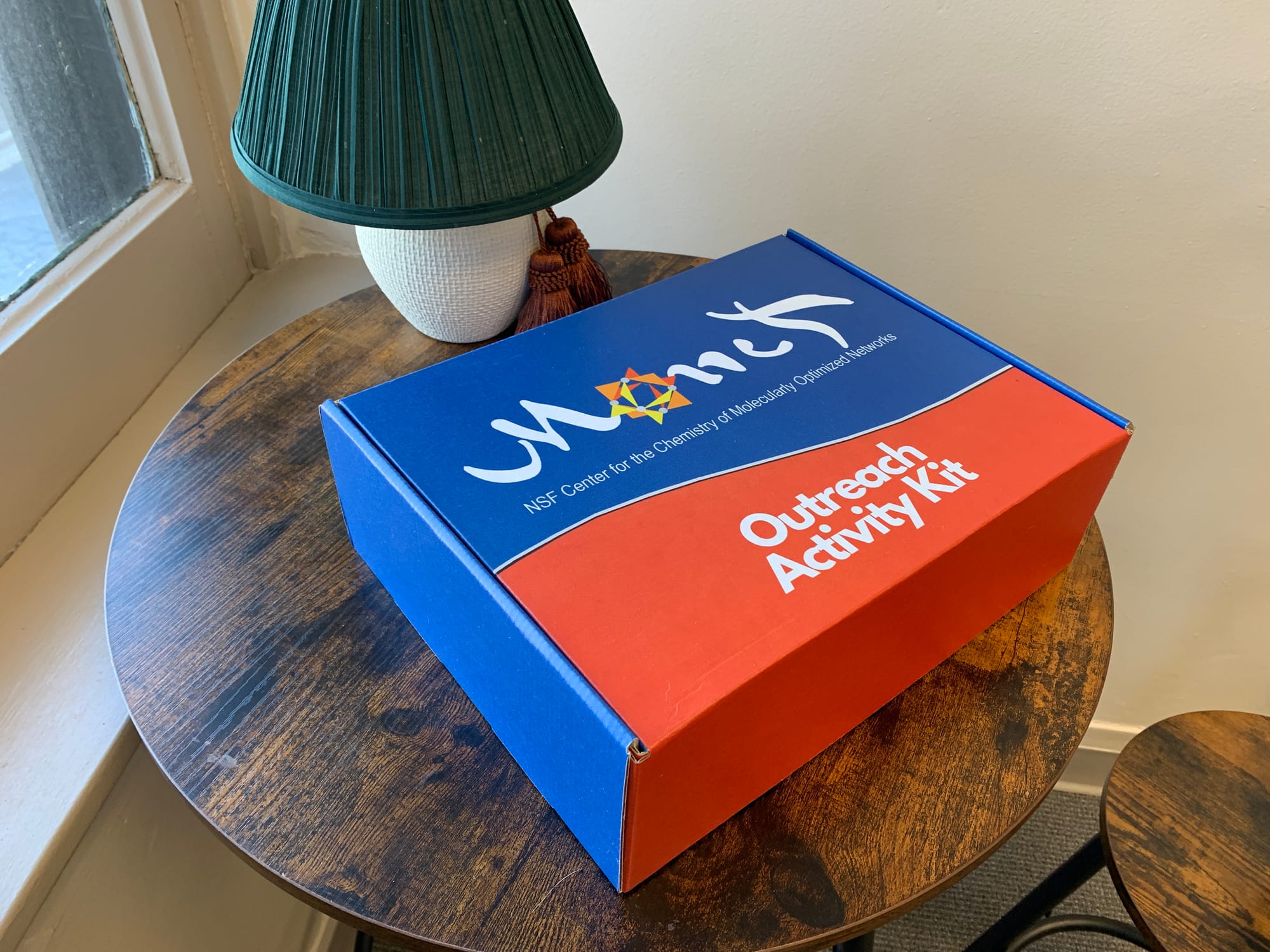
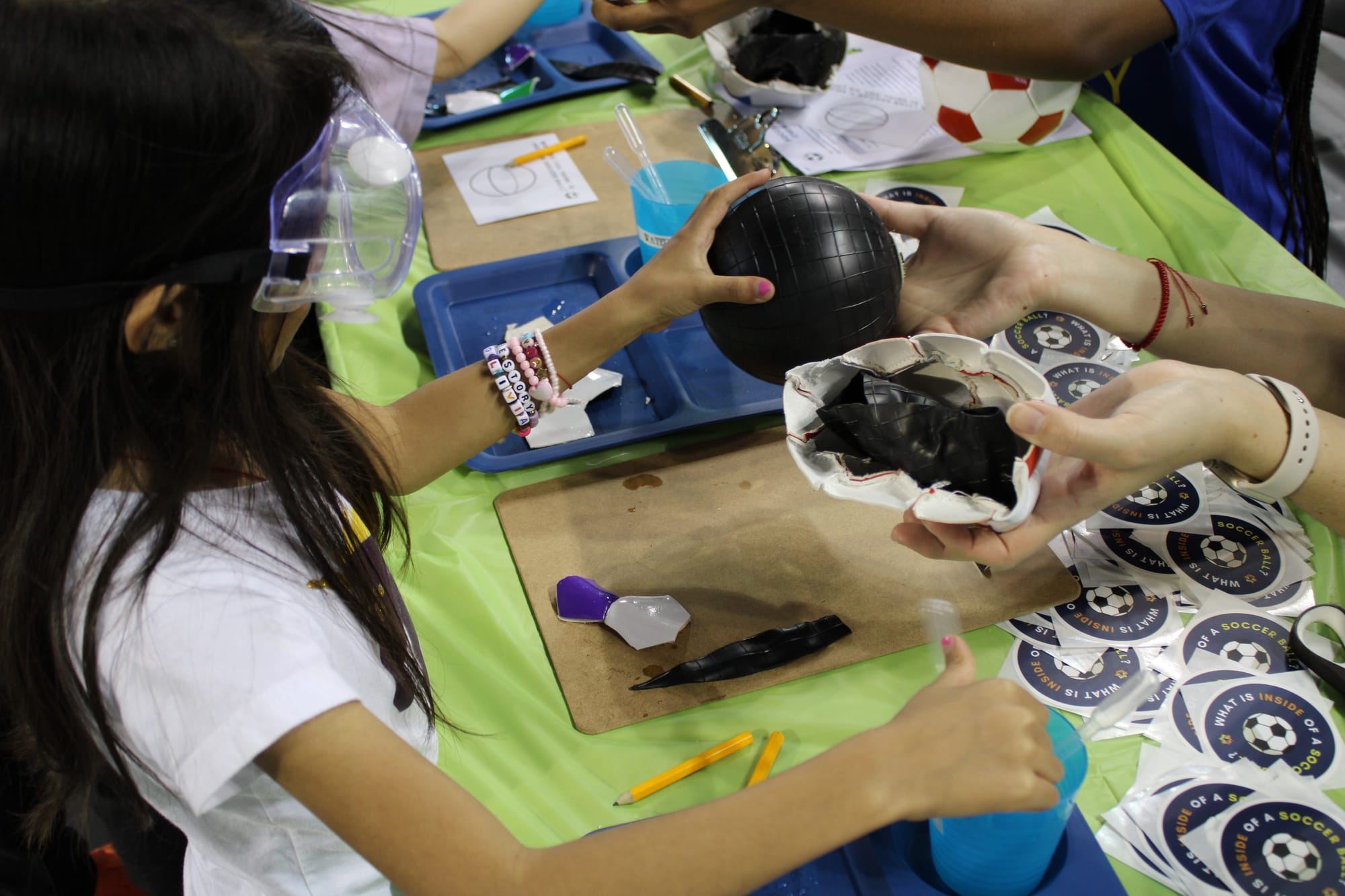
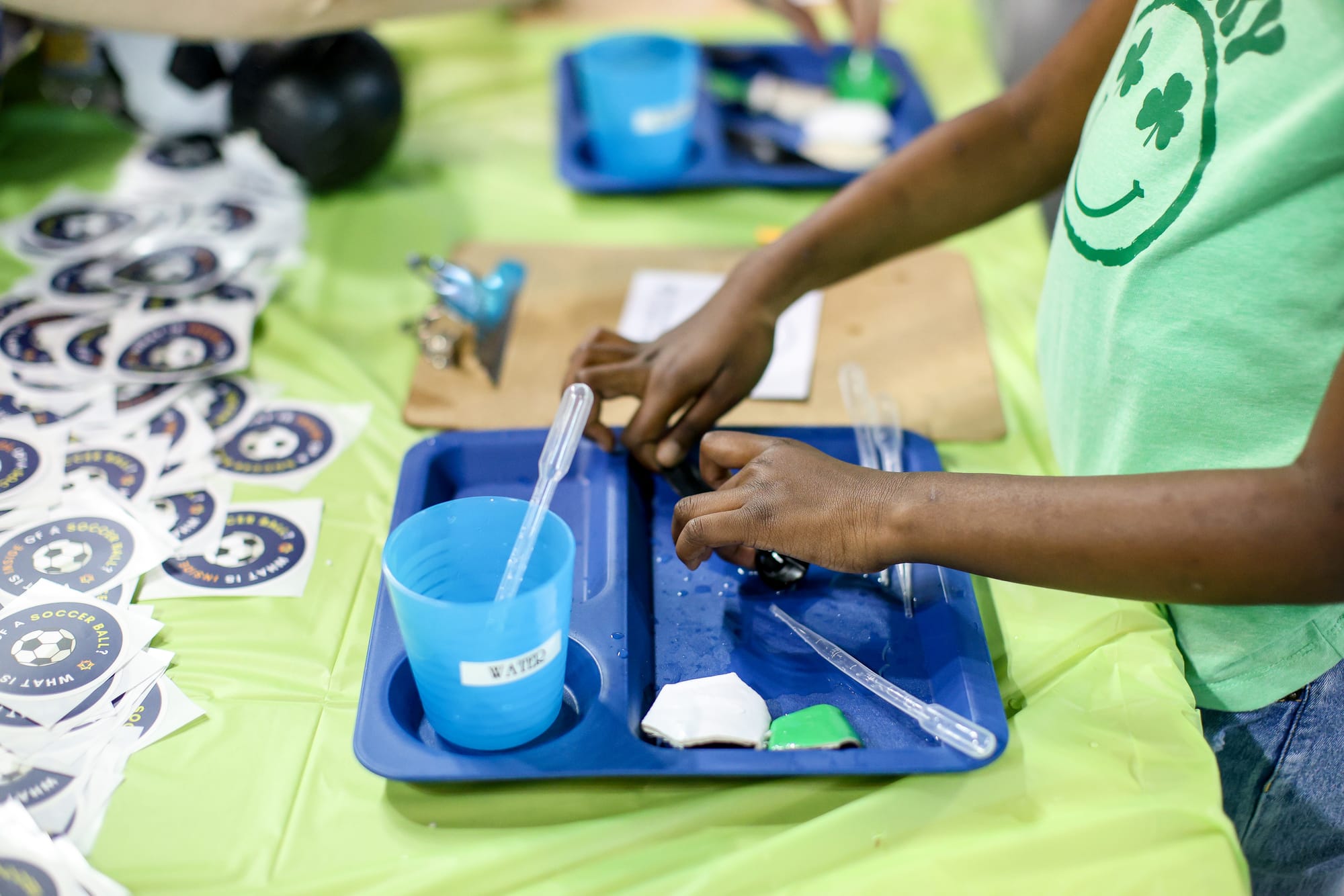
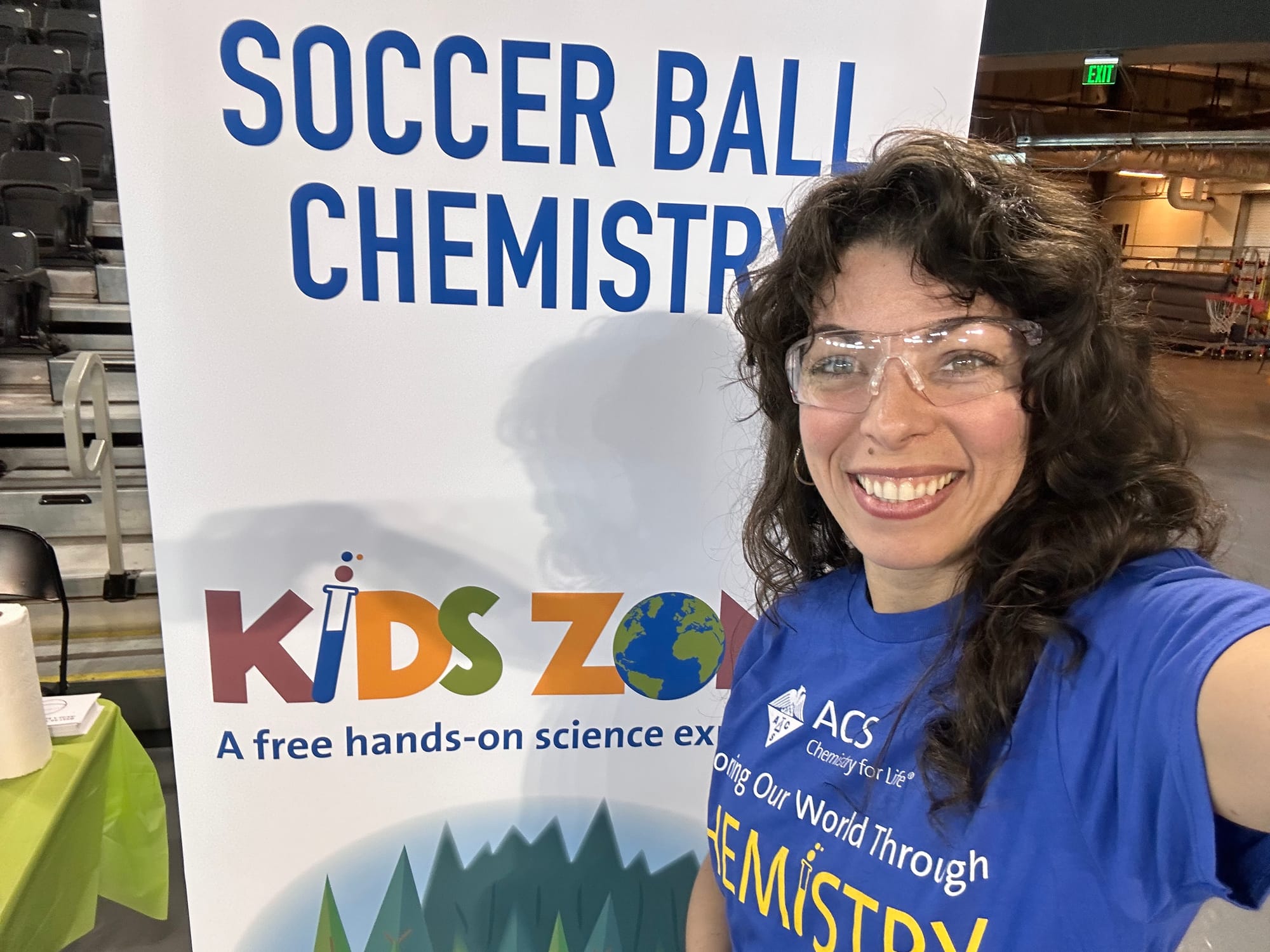
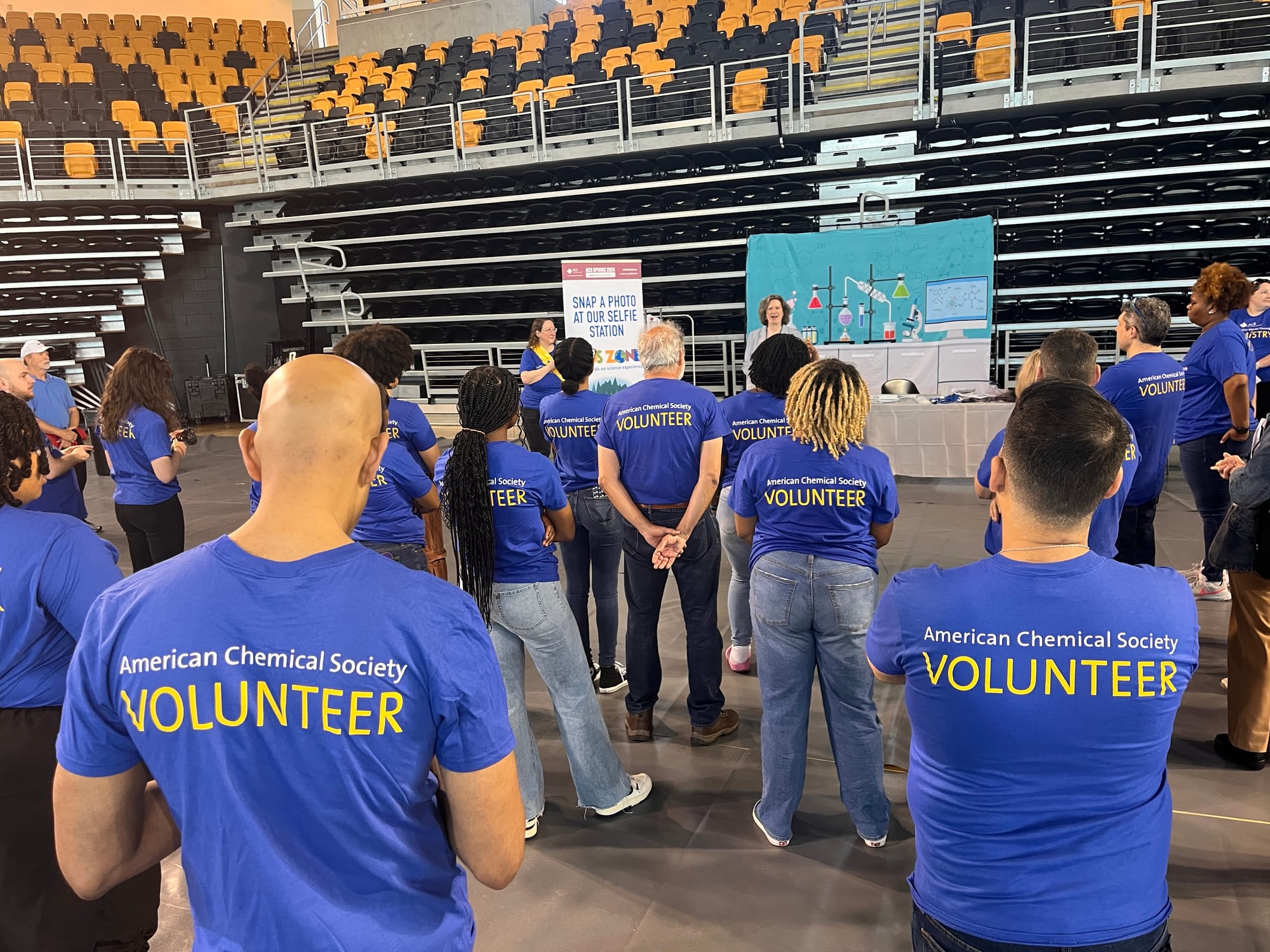
Left-to-Right: The kit, pictures of children and volunteers participating in ACS Kids Zone in New Orleans, LA, hosted by Prof. Mary Carroll
Here's how it unfolded:
- Inception: Dr. Haley Beech, then a graduate student at MIT and MONET member, recognized the challenge of making STEM accessible across cultural and language barriers. With an interdisciplinary team, she developed the "Materials Science of Soccer" curriculum, leveraging soccer's universal appeal to teach complex scientific concepts.
- Adaptation: We saw an opportunity to expand this innovative approach at MONET. Collaborating with Dr. Beech and Dr. Rebekka Klausen (a MONET Senior Investigator at Johns Hopkins University), we transformed the curriculum into the "What's inside a soccer ball?" outreach kit, translating MONET's polymer chemistry research into engaging, hands-on activities.
- Distribution: Mike Conti, MONET's managing director, spearheaded the assembly and distribution of these kits. We sent them to all 13 MONET-affiliated labs and made them available to anyone through our website, significantly expanding our reach.
- Partnerships: The initiative's success catalyzed partnerships with organizations like the American Chemical Society's Kids Zone, Science Olympiad, and the International Institute for Nanotechnology. Local schools near MONET labs also joined, resulting in over 9,000 recipients across the U.S.
- Scaling: Building on this momentum, MONET has partnered with Cuvette Collective's production agency to create Informal Science Communication videos, further scaling the initiative's impact.
This journey illustrates how a single innovative idea, nurtured through strategic collaborations, can evolve from a local project to a nationwide impact.
Putting It All Together: Designing Authentic Broader Impacts 🙌🏽
Here's a final critical insight for designing compelling Broader Impacts:
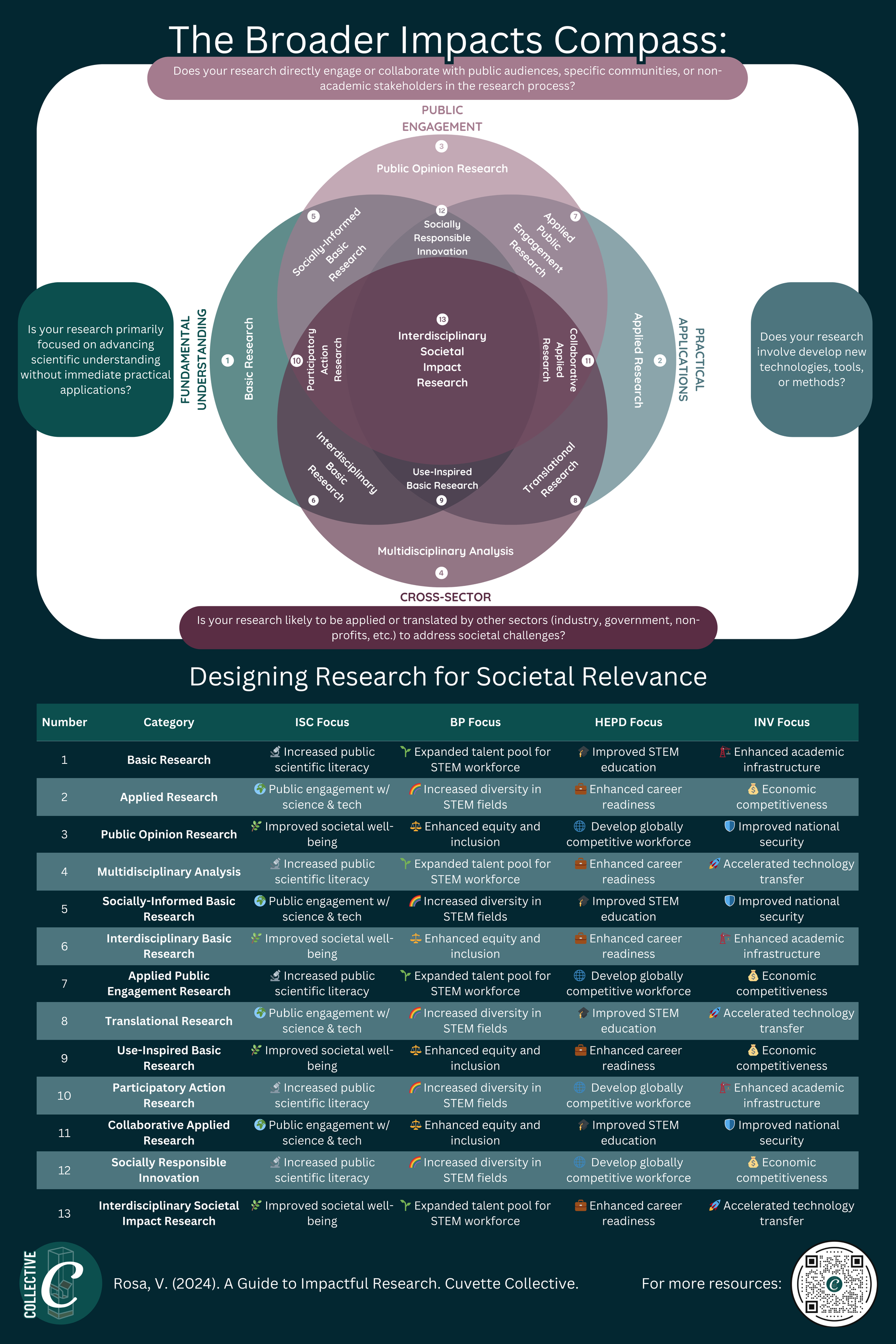
My step-by-step approach to designing Authentic Broader Impacts:
- Identify the scientific expertise and research goals
- Determine the research category using the 13-category framework
- Consider who outside of academia would benefit most from your work
- Map the research to potential societal outcomes in the four broader impact areas
- Design initiatives that leverage resources to create tangible societal impact
- Build strategic partnerships to amplify the impact
Thank you for using this framework to design impactful research. I hope the examples and resources have empowered you to approach your broader impacts with renewed clarity, authenticity, and purpose.
Coming Soon: Evaluating Broader Impacts
Once you've designed your broader impact plan, you'll need to articulate how you plan to evaluate it, use the results to refine your strategy and scale to maximize the impact of your work. Stay tuned for frameworks and tools to do each of these in upcoming additions to our Broader Impacts Toolkit.
✨ Subscribe for Updates! ✨About Cuvette Collective:
Cuvette Collective represents a community of educators and scientists dedicated to empowering the societal impact of STEM research. We provide tailored tools, strategies, and insights to help scientists craft authentic, impactful broader impact plans that align with NSF priorities and their research focus. Our engaging blog posts, interactive resources, and personalized consulting services support researchers in leveraging their scientific expertise to make a meaningful difference in society.
How to get involved:
1️⃣ Subscribe to our blog for the latest tips and insights.
2️⃣ Apply to participate in the Broader Impacts Excellence Program.
3️⃣ Inquire about our services to enhance your broader impacts efforts.
We hope you will join our vibrant community committed to reimagining the role of science in society and maximizing the impact of research!
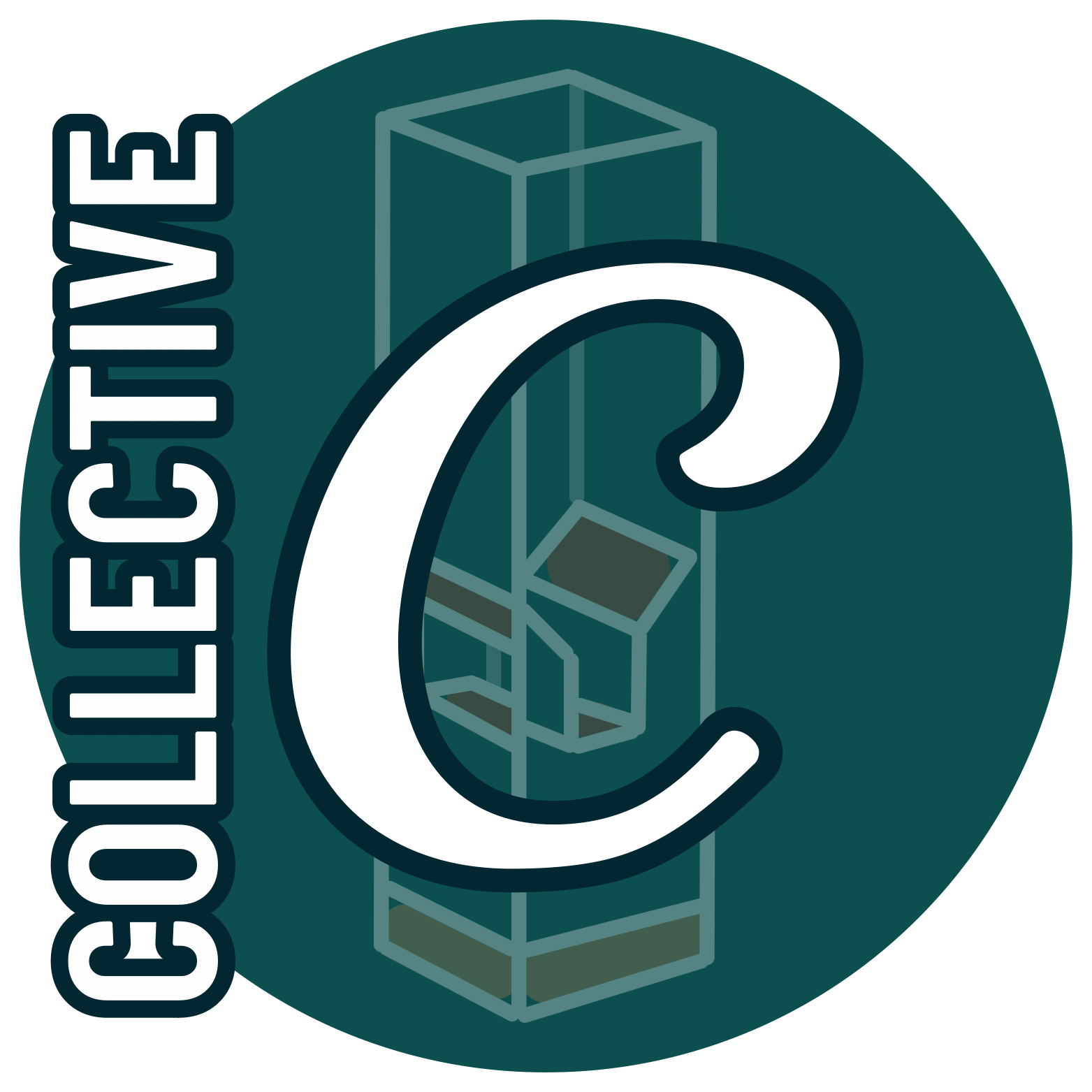
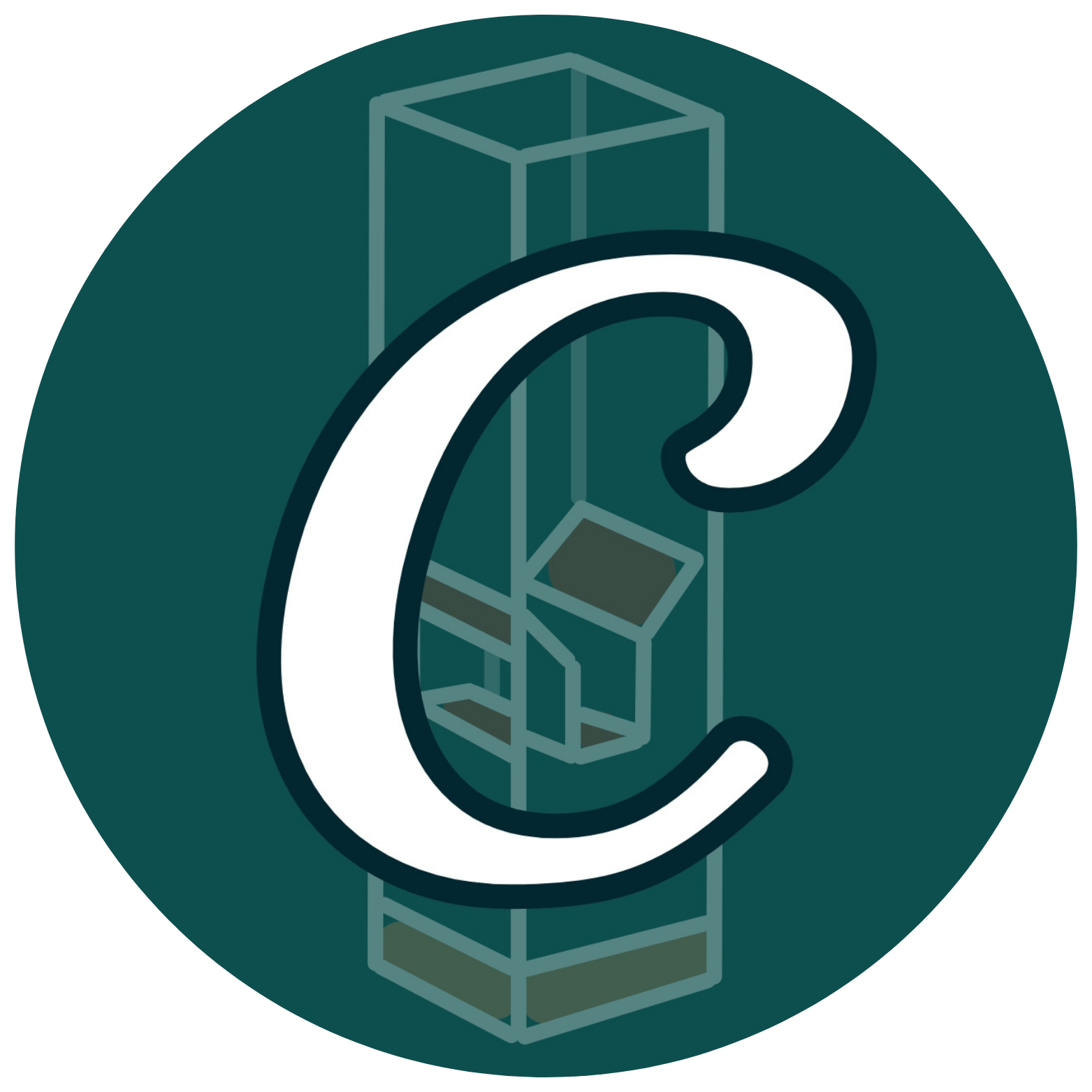

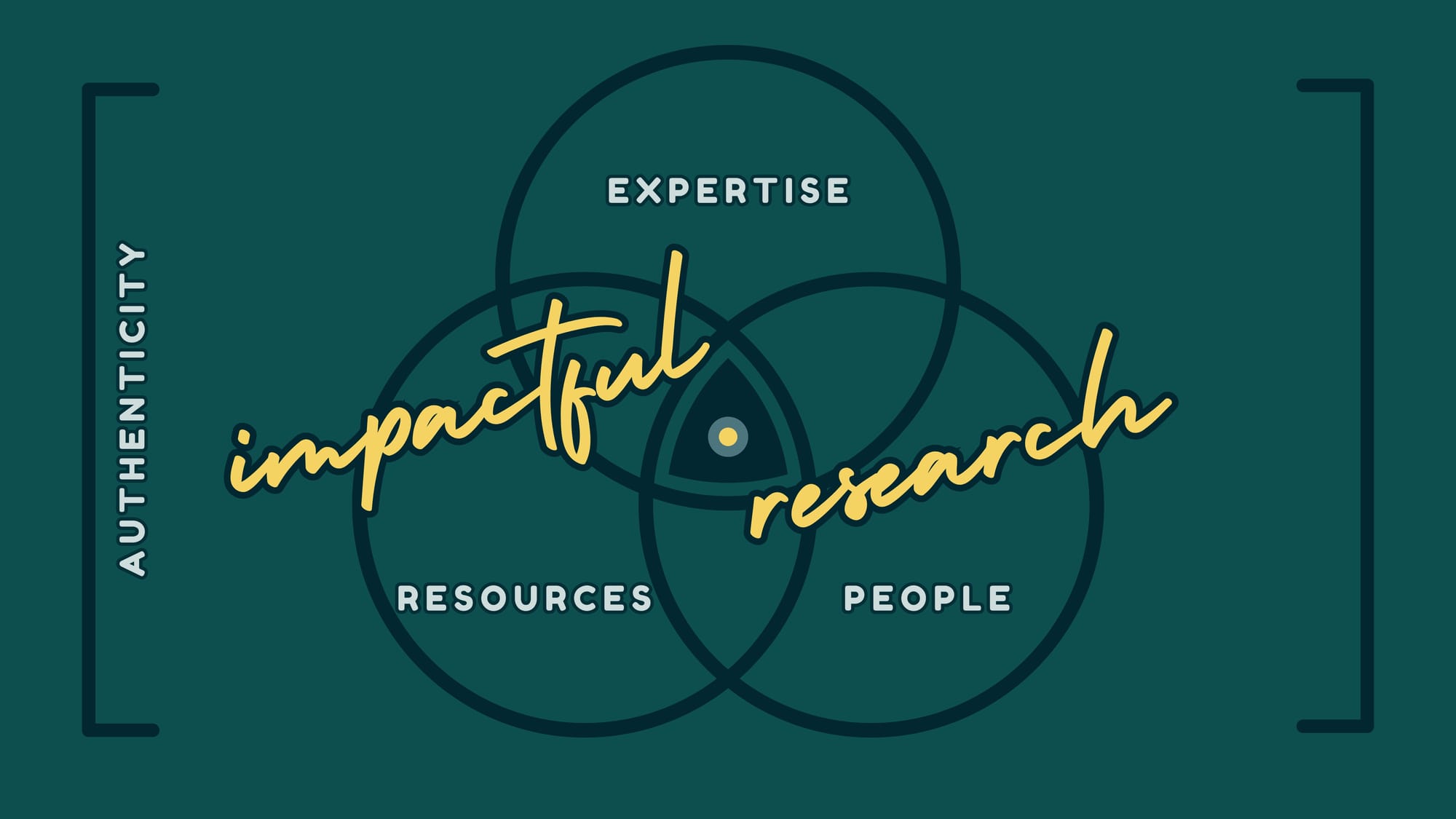
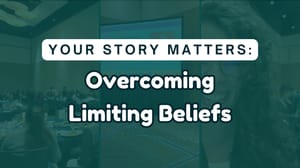



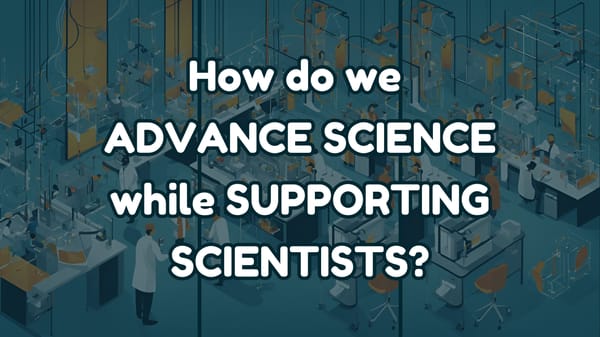
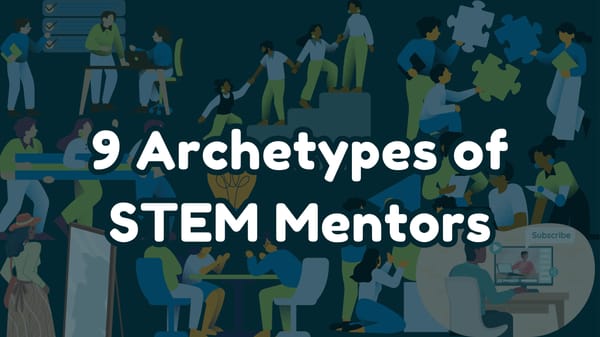
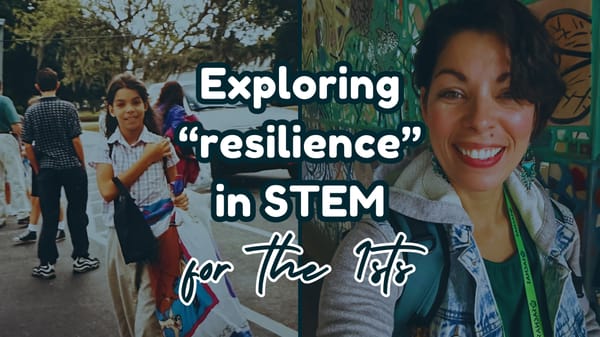
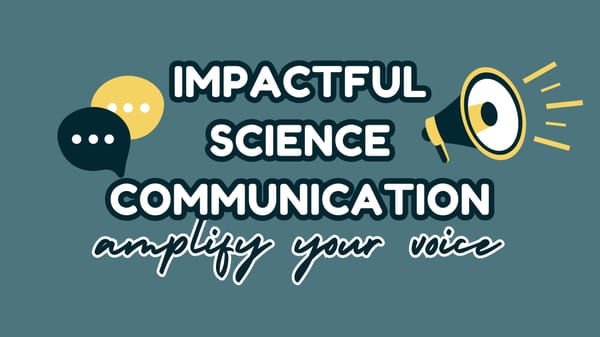
Member discussion